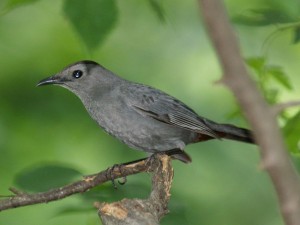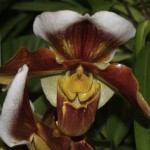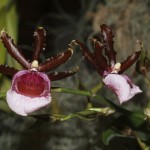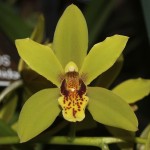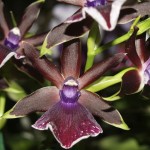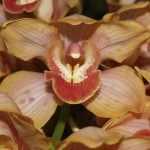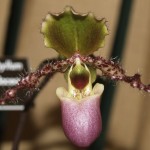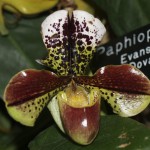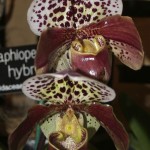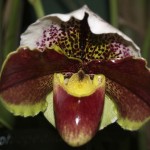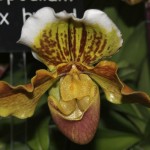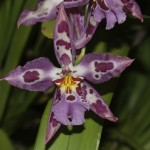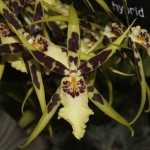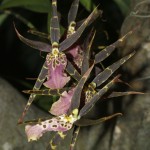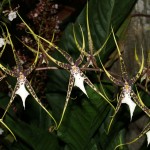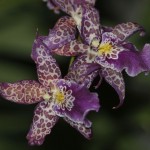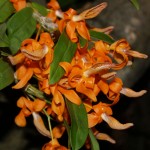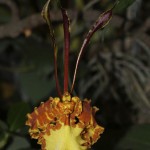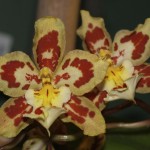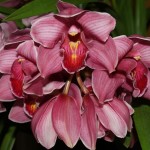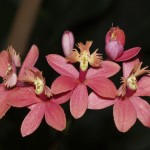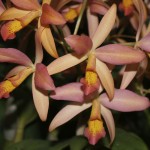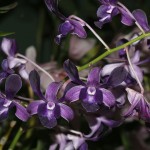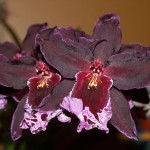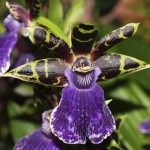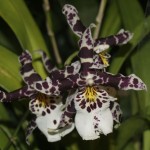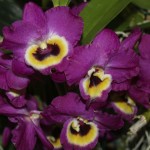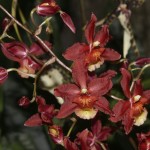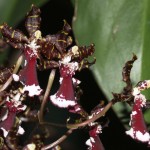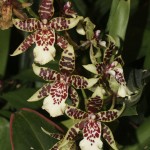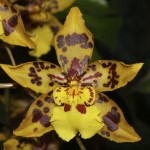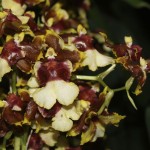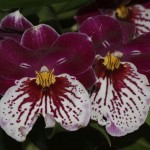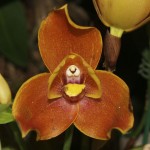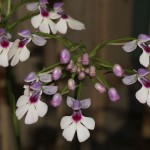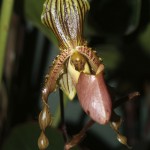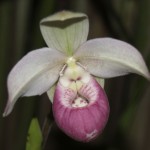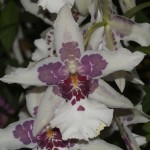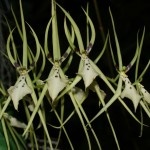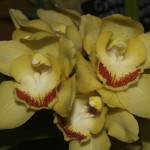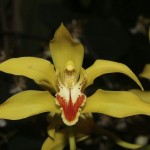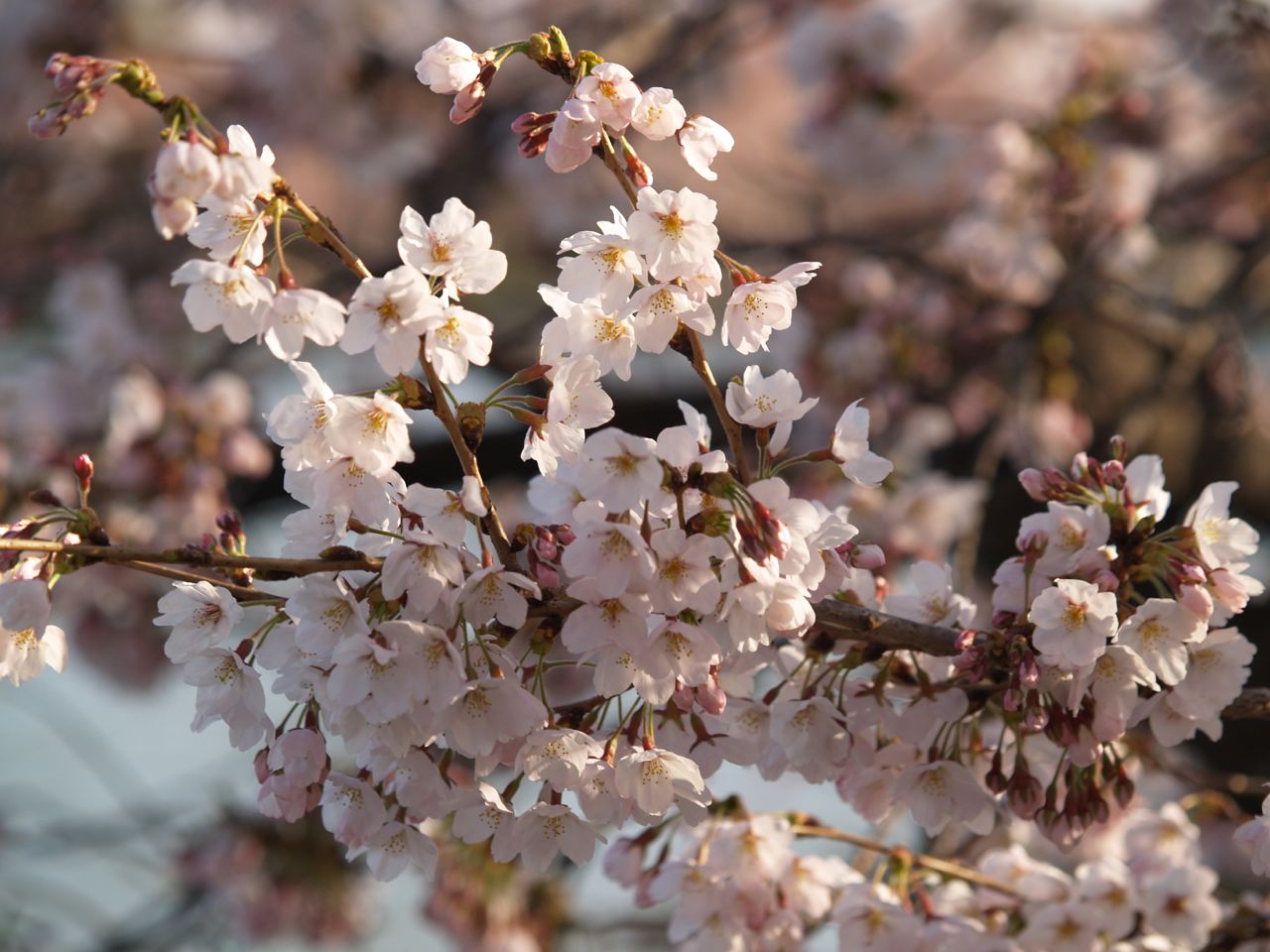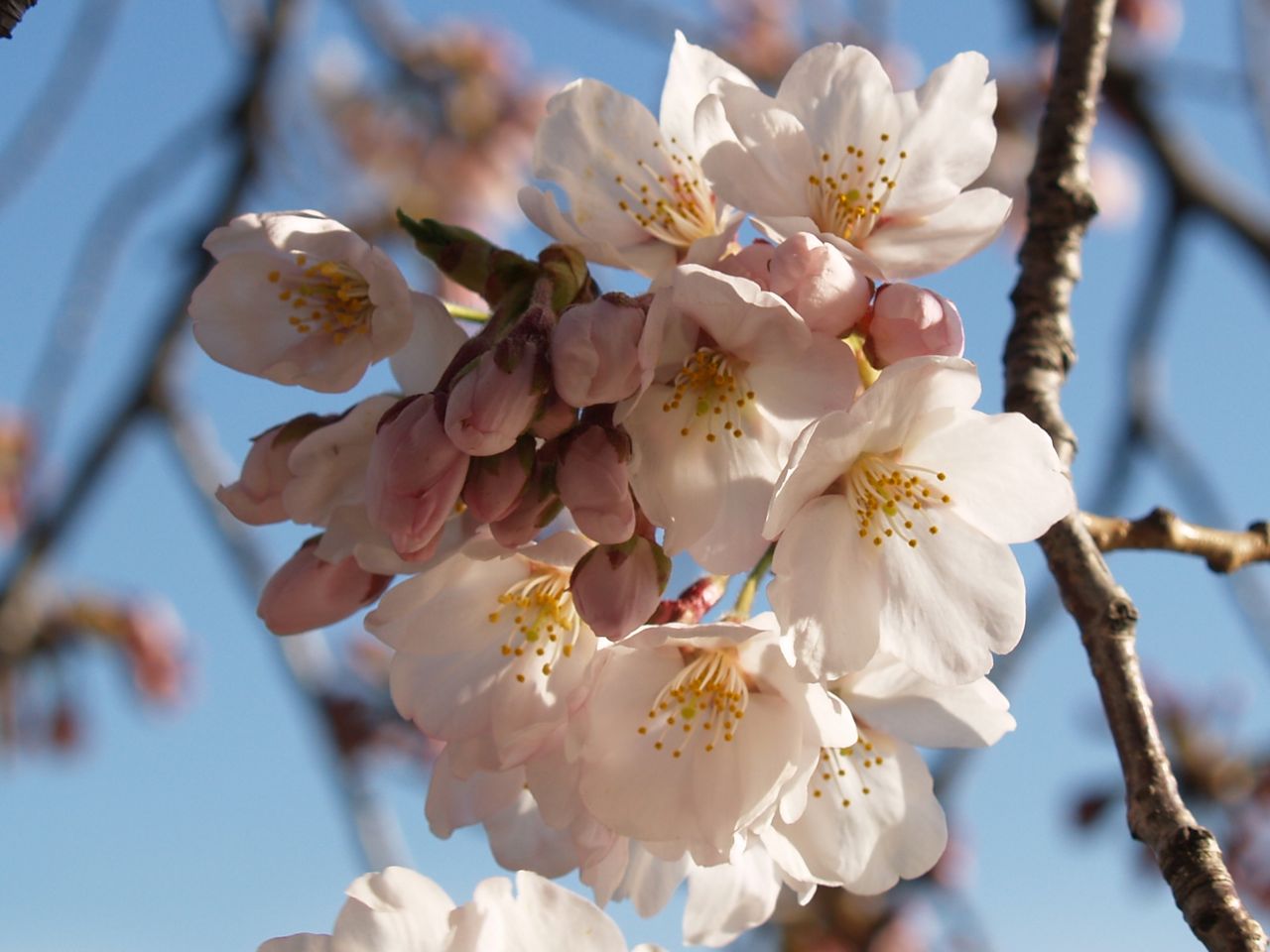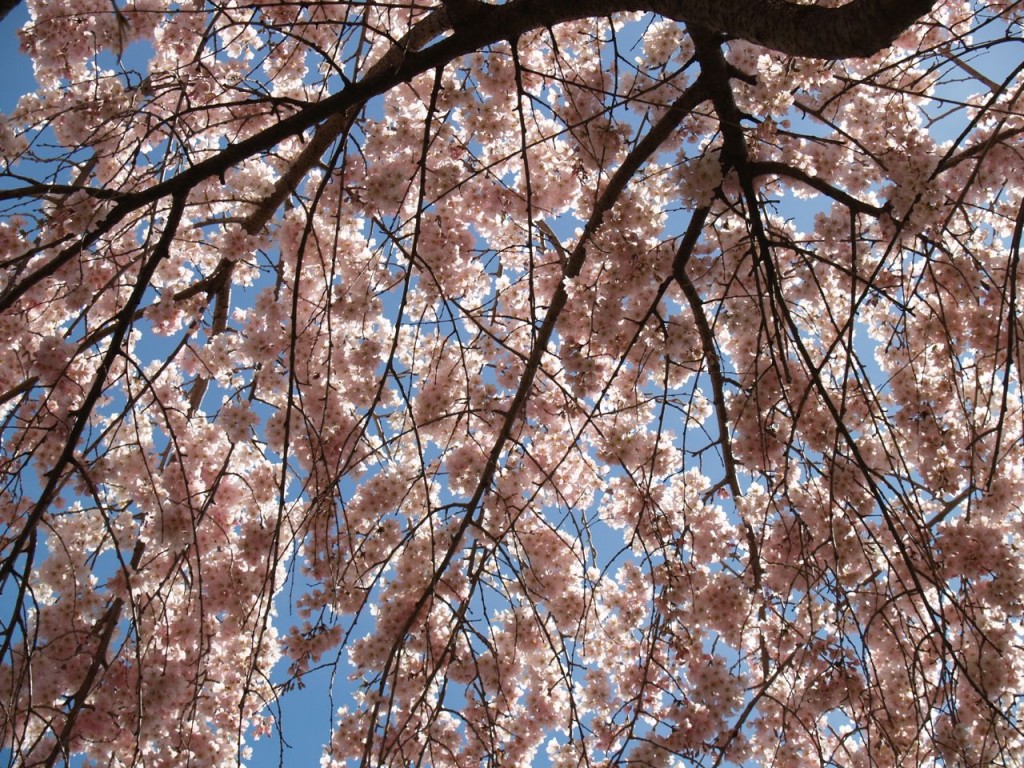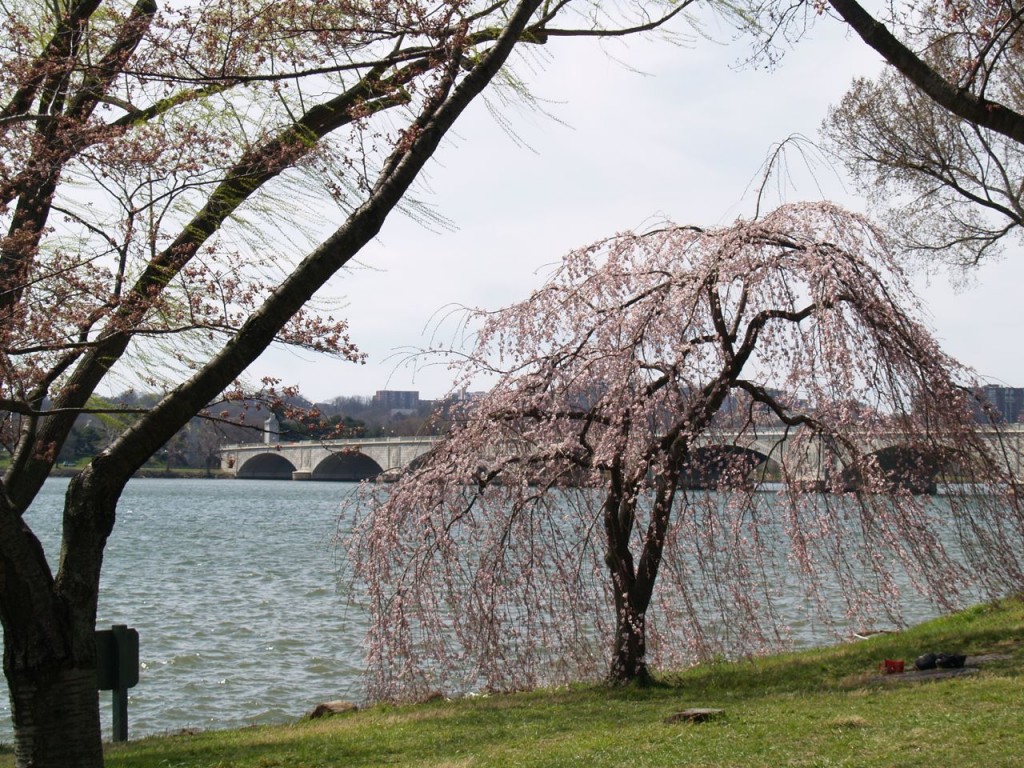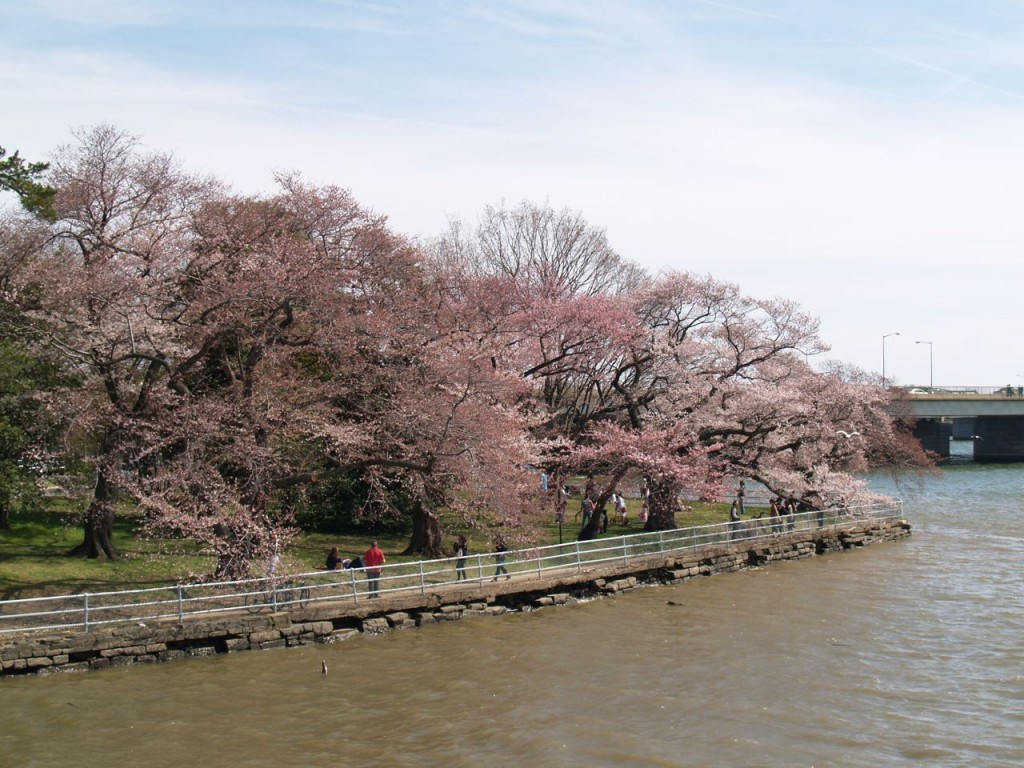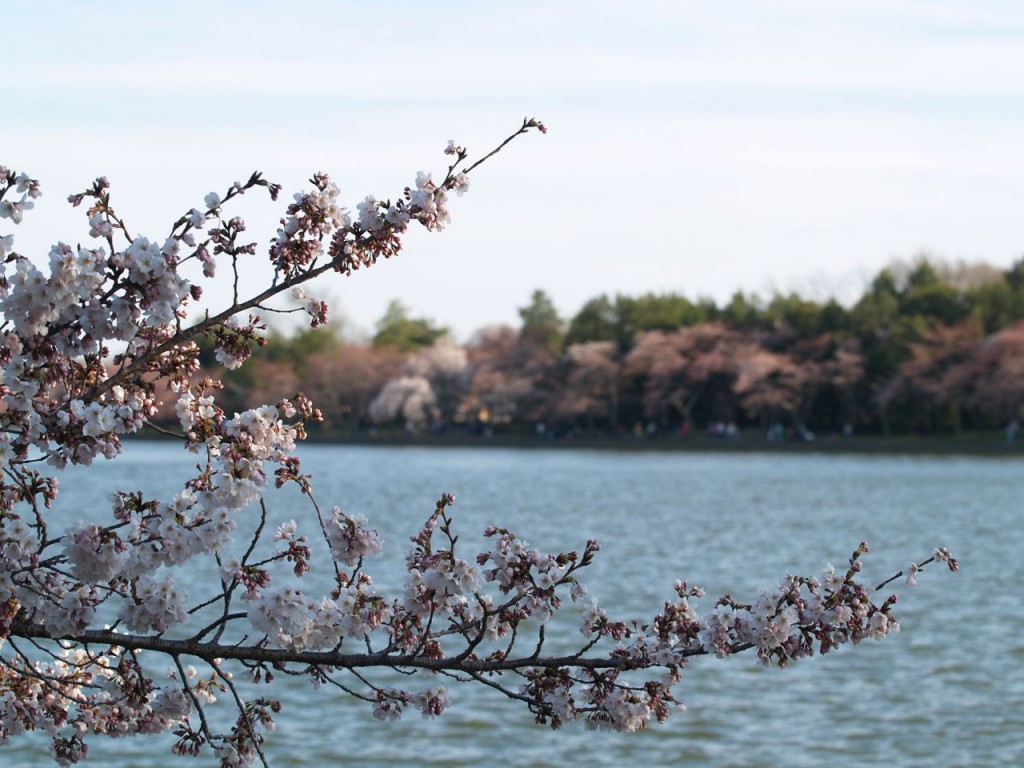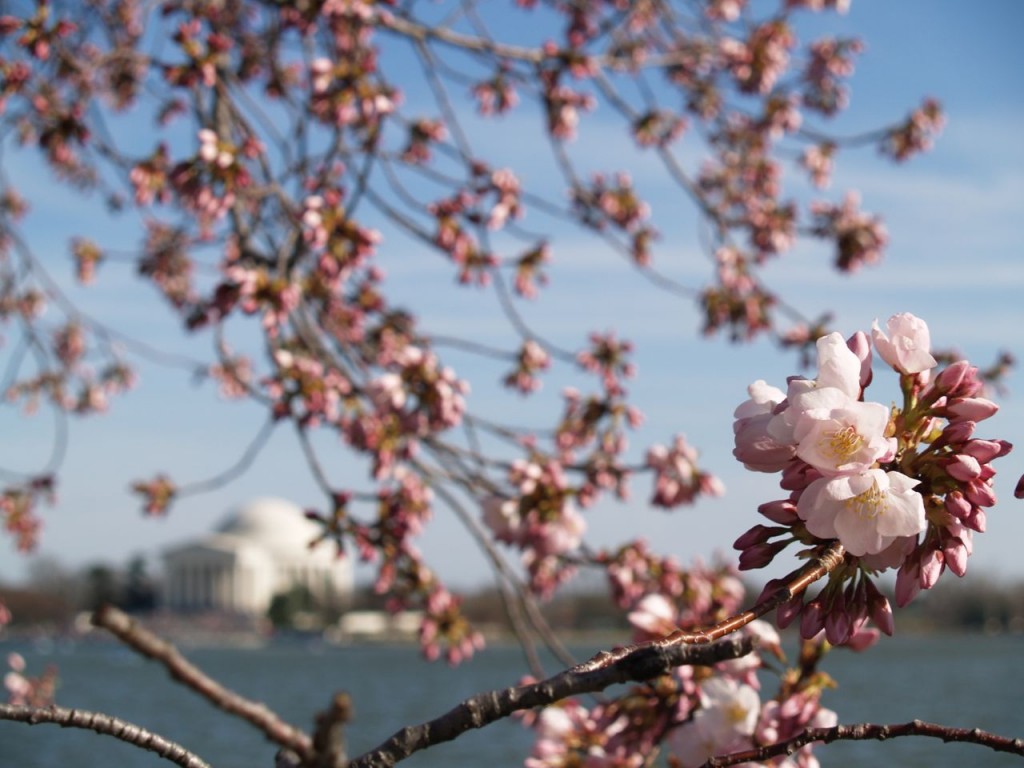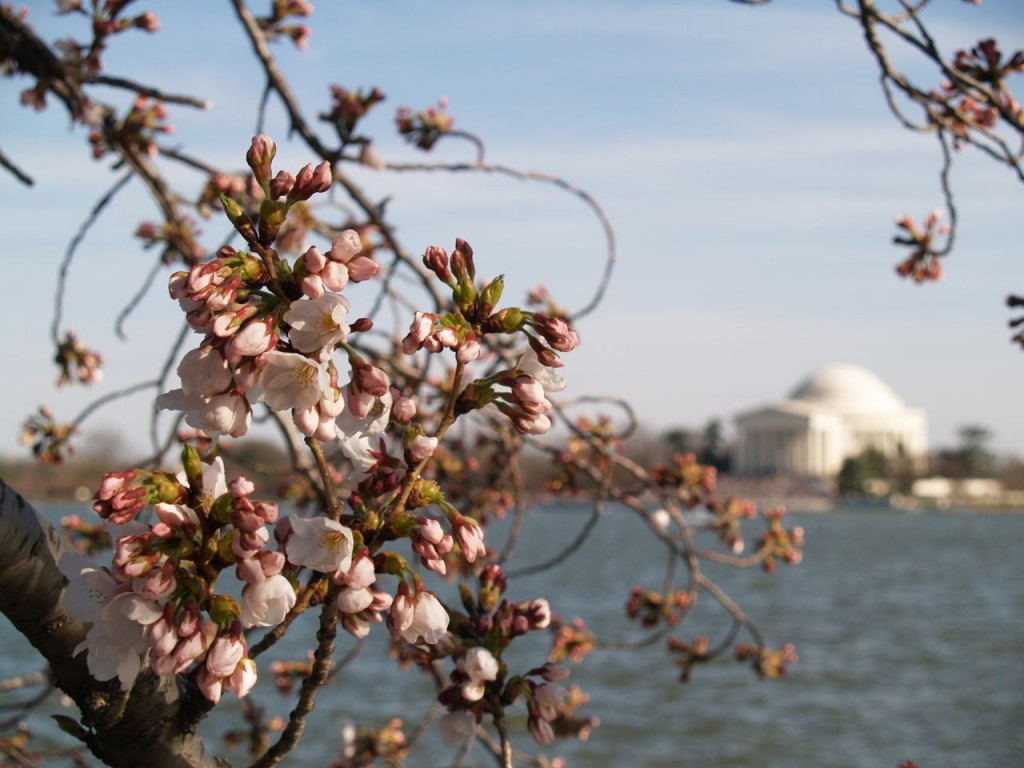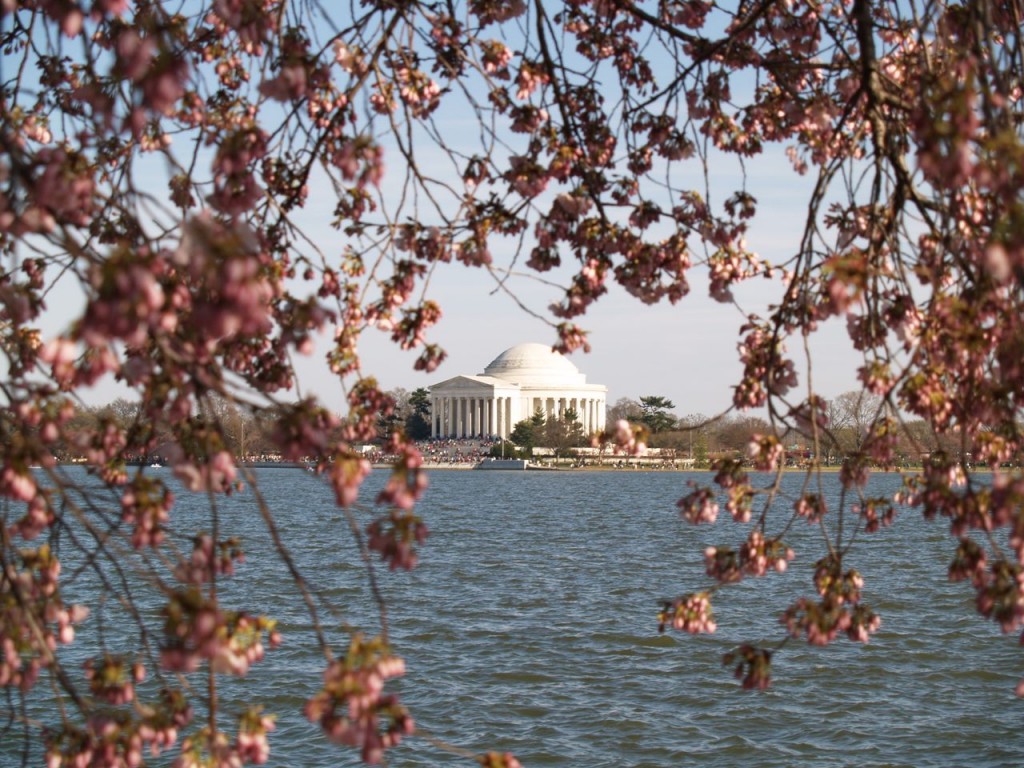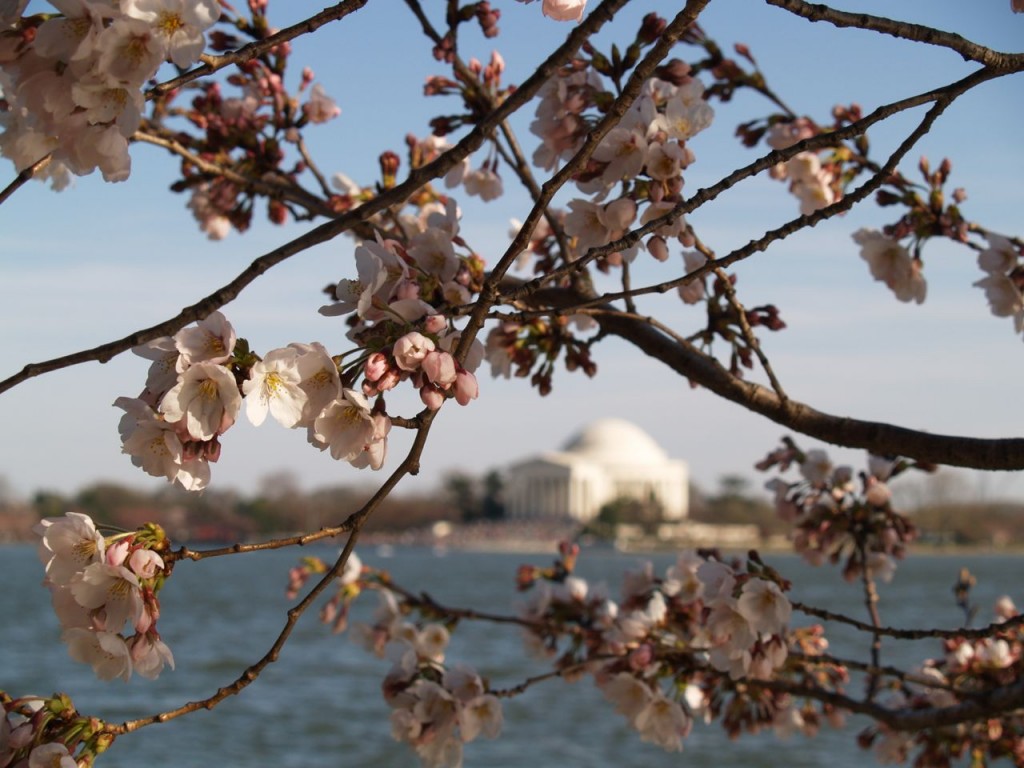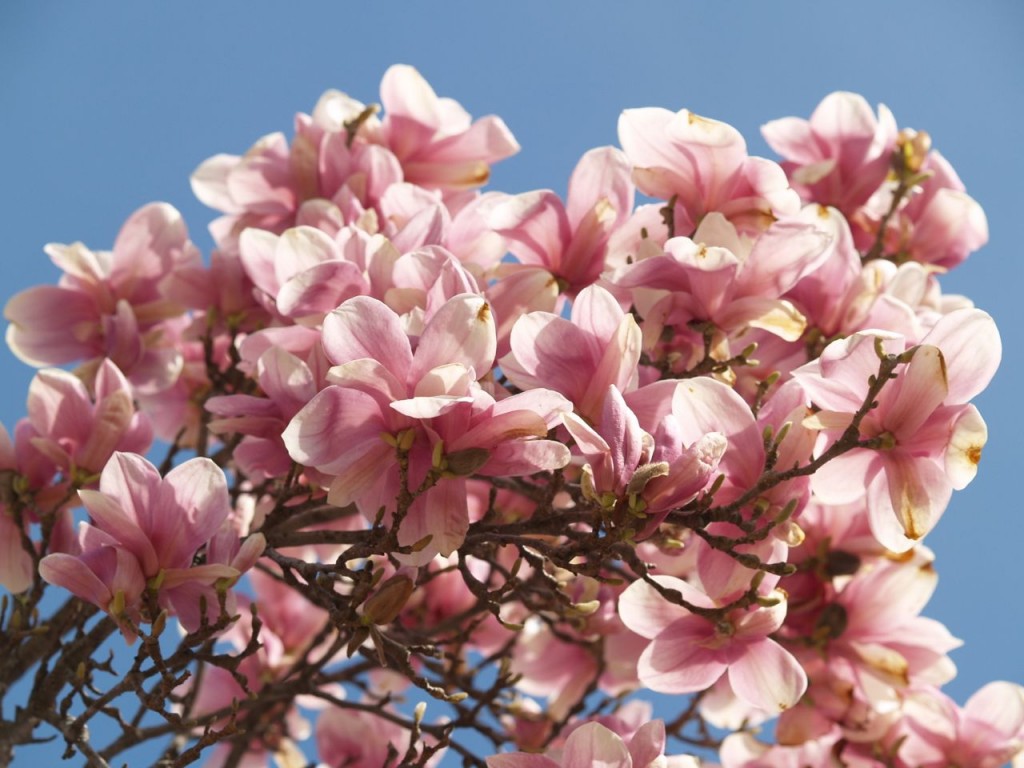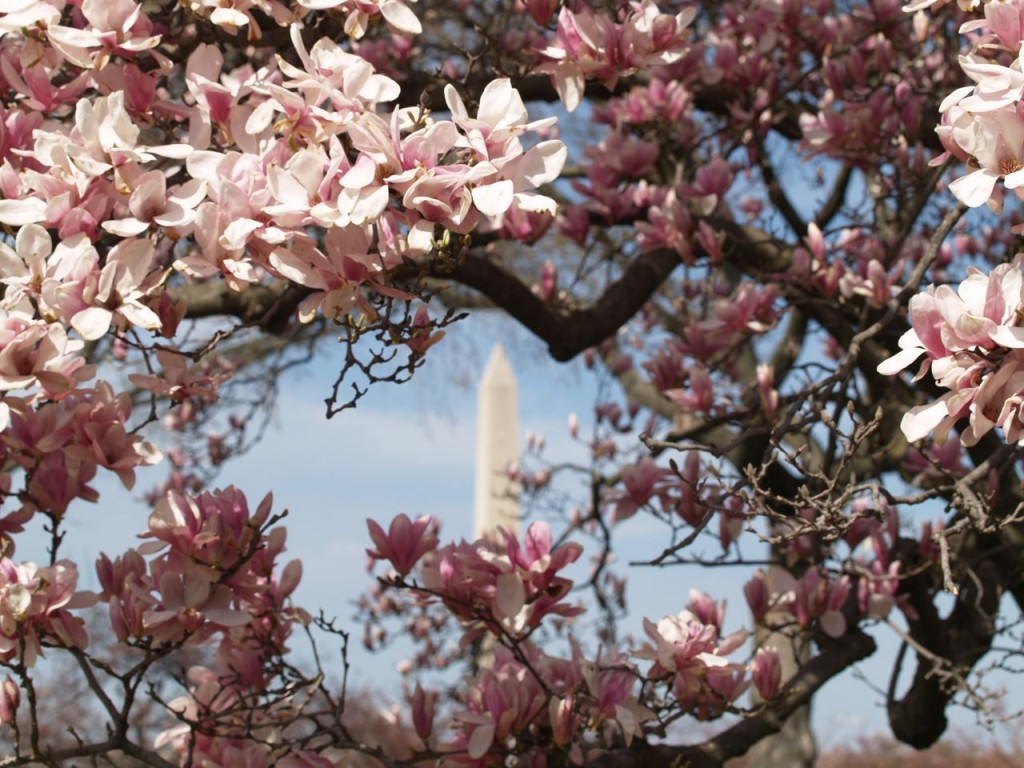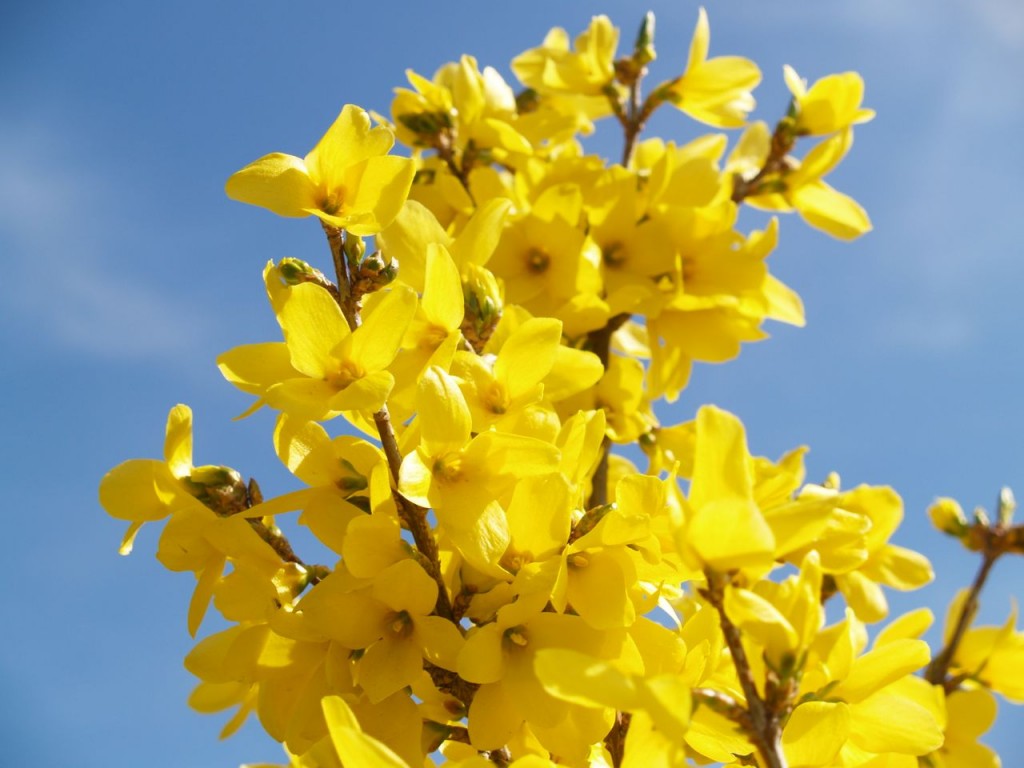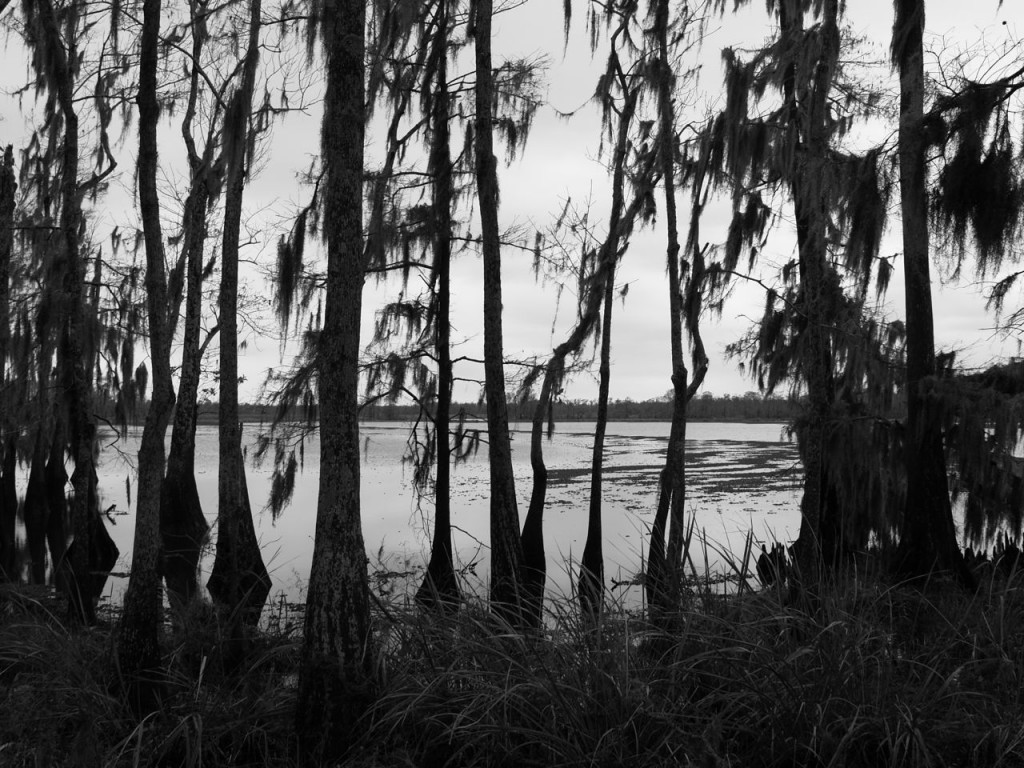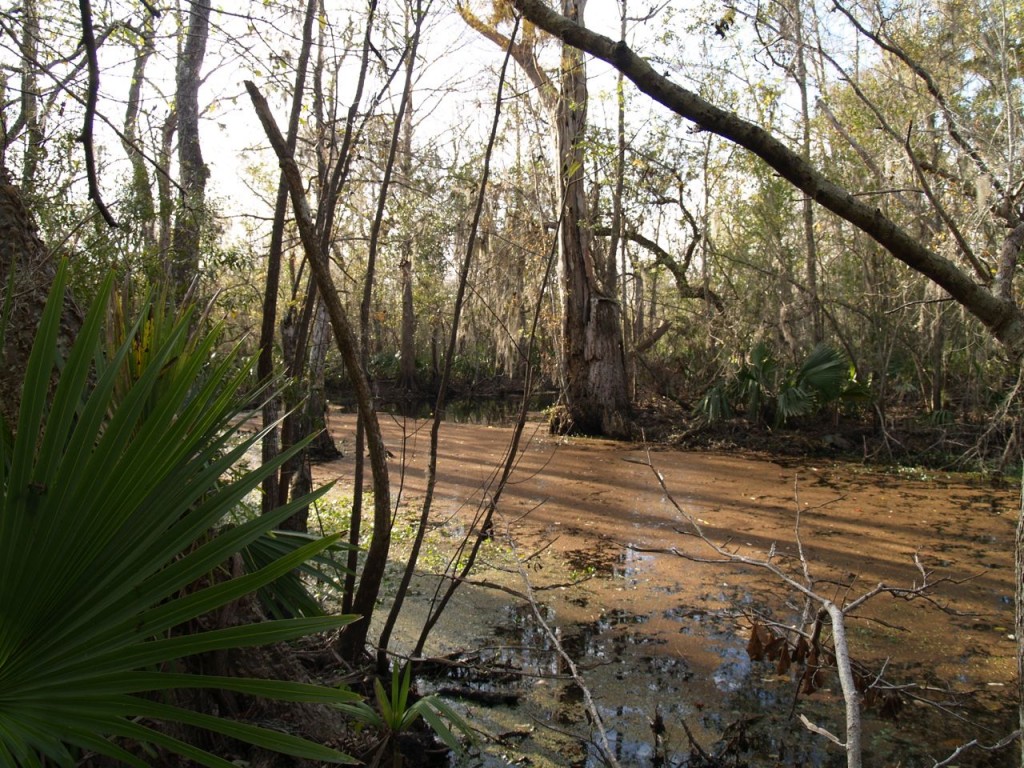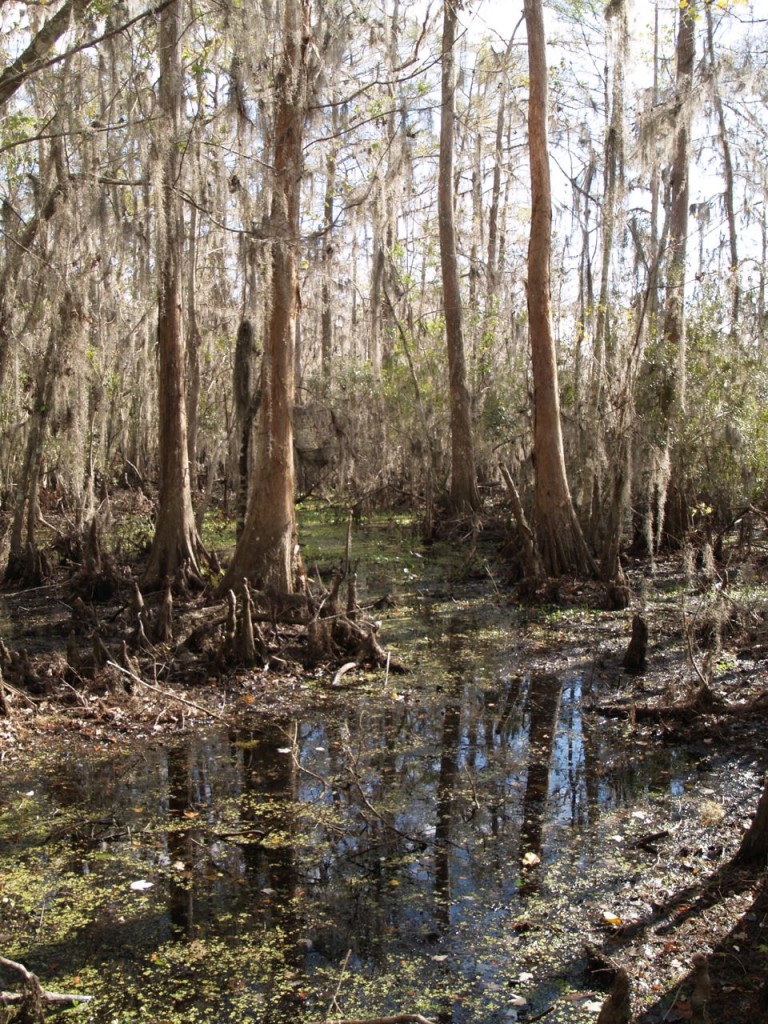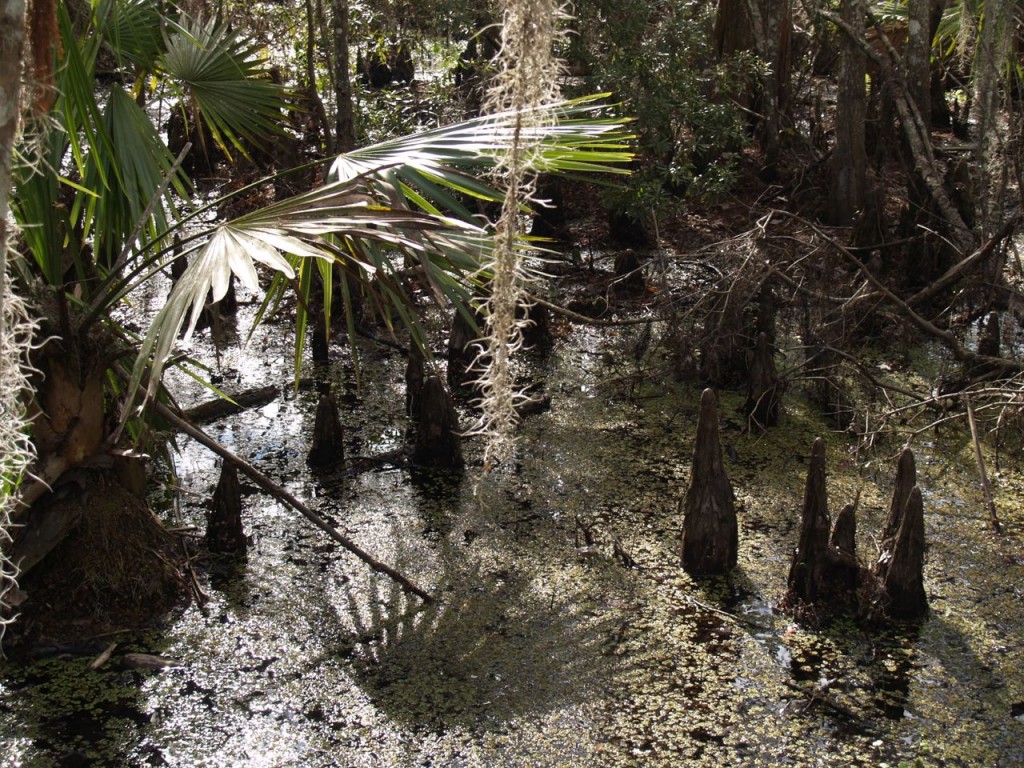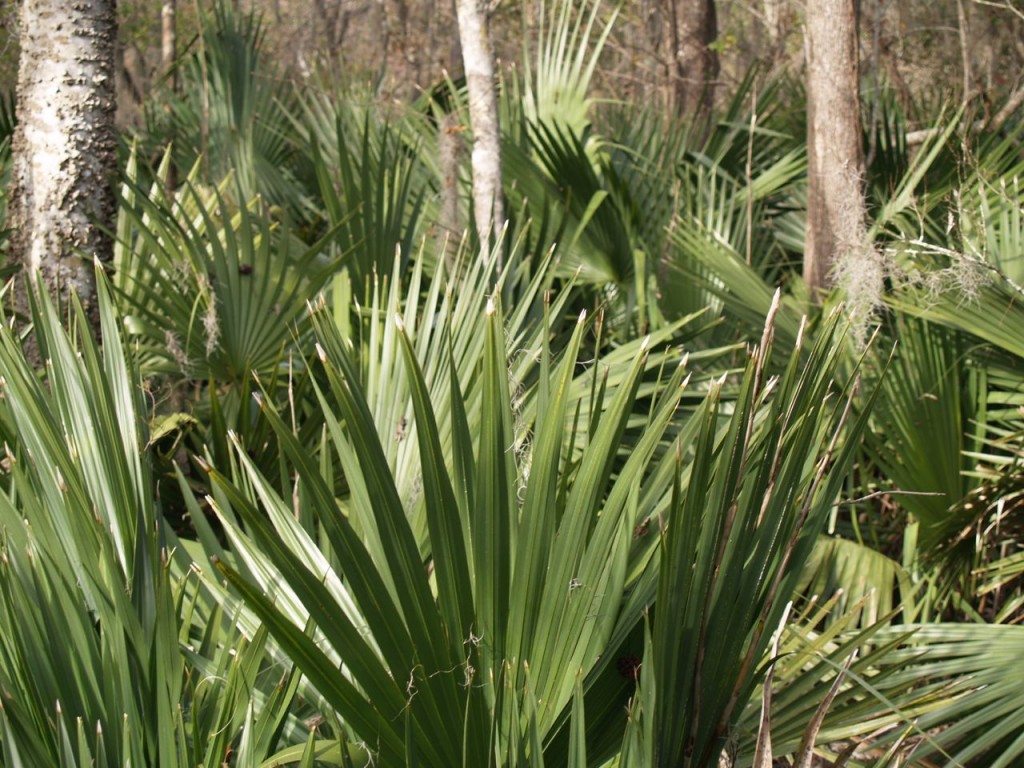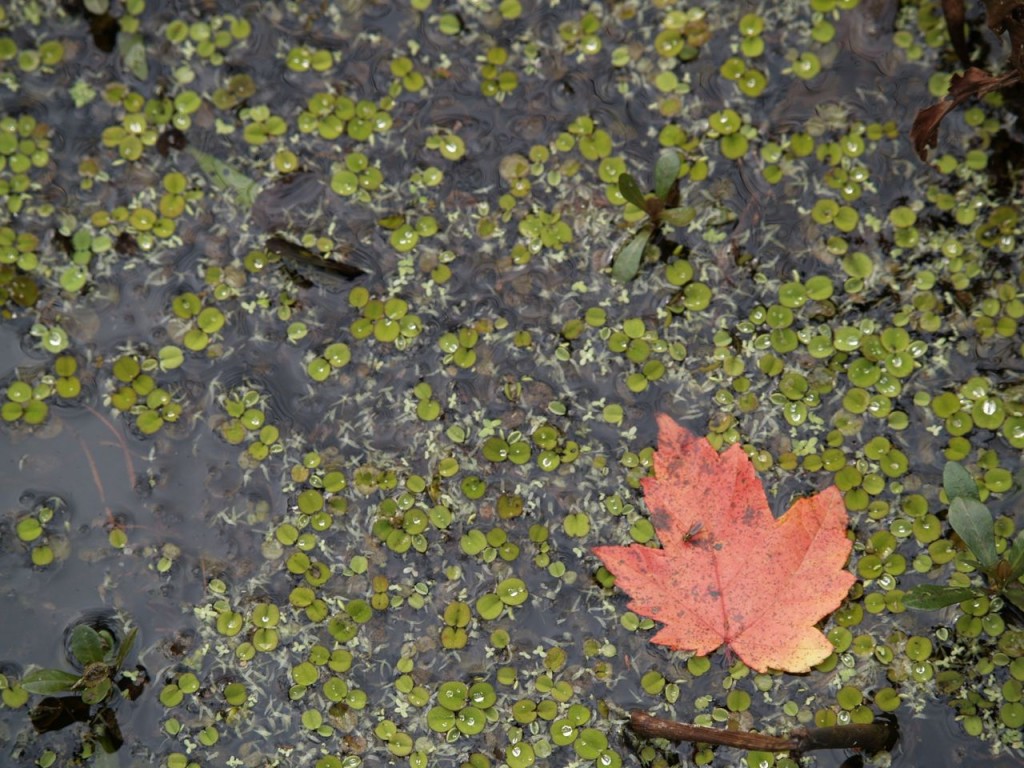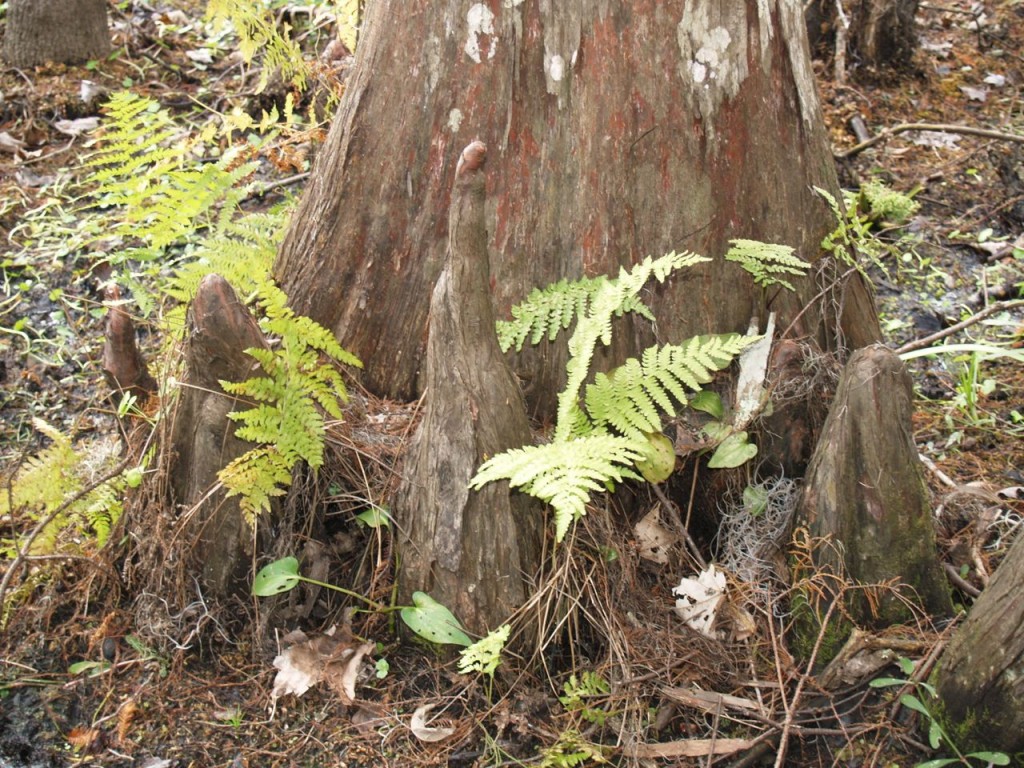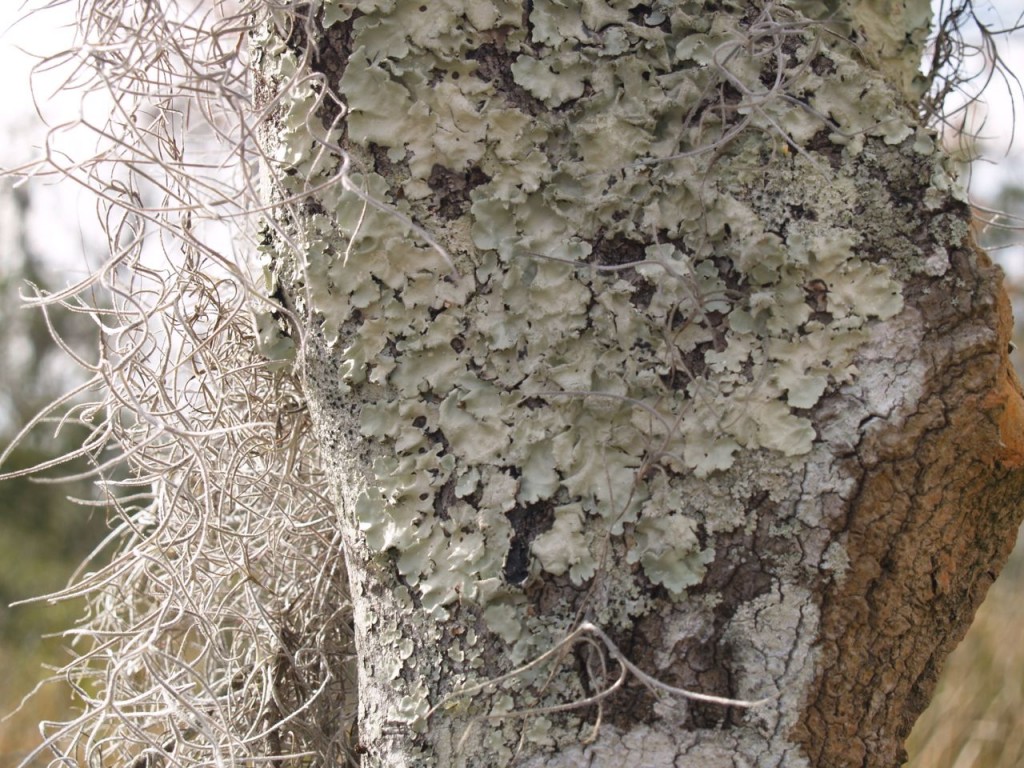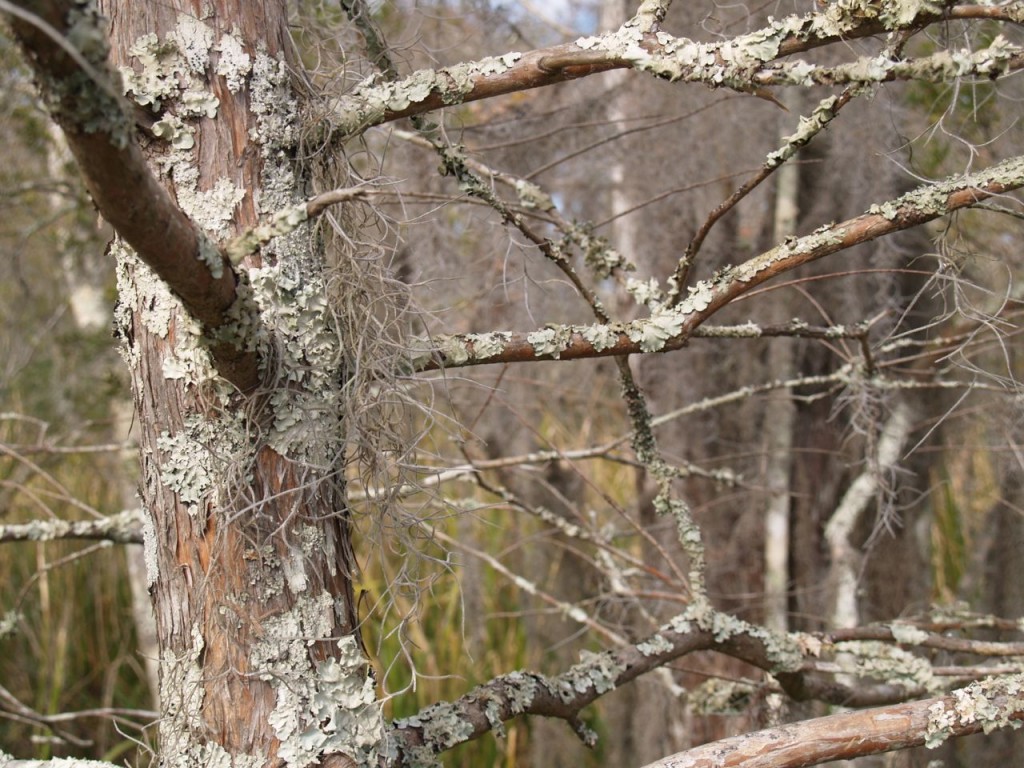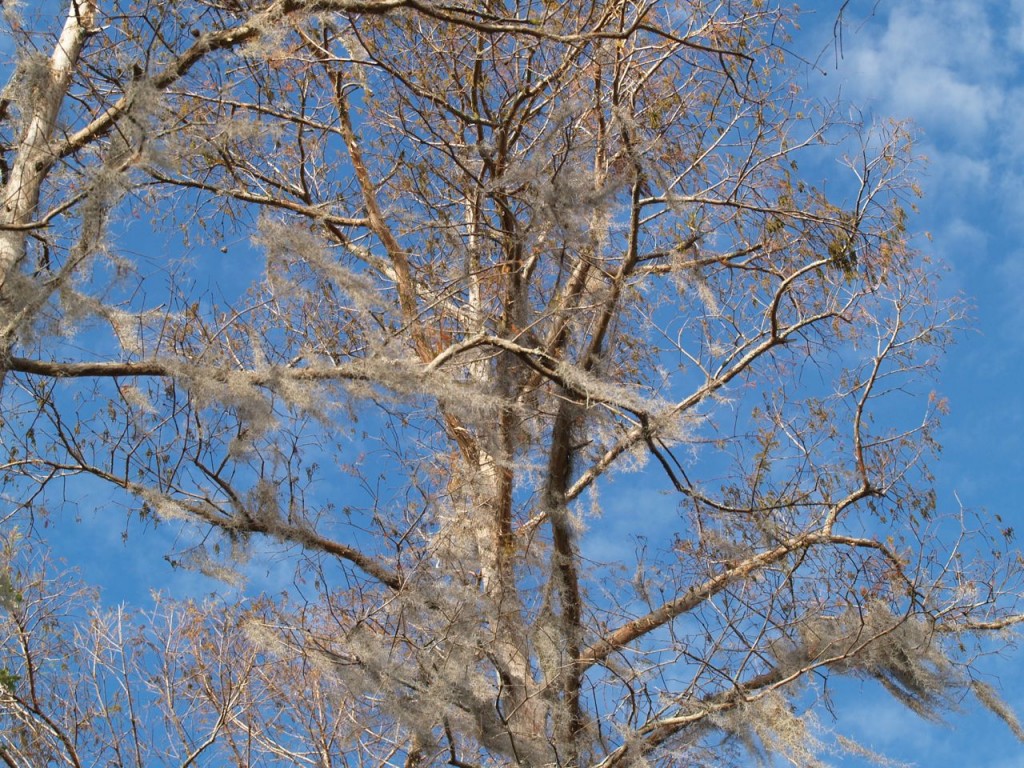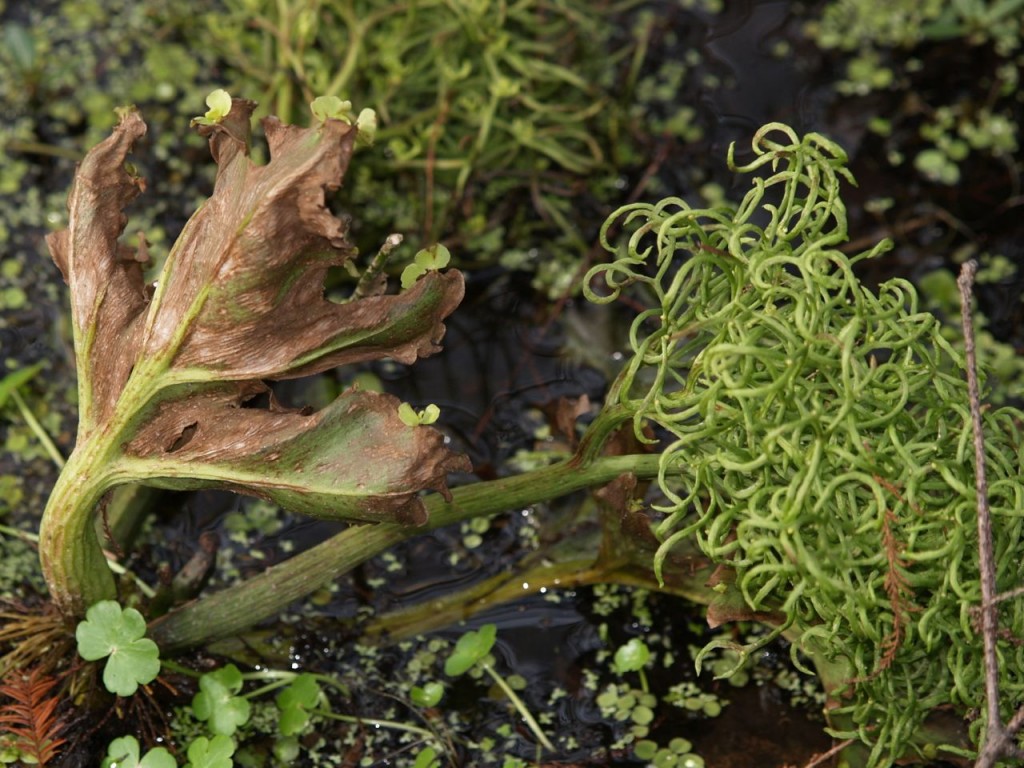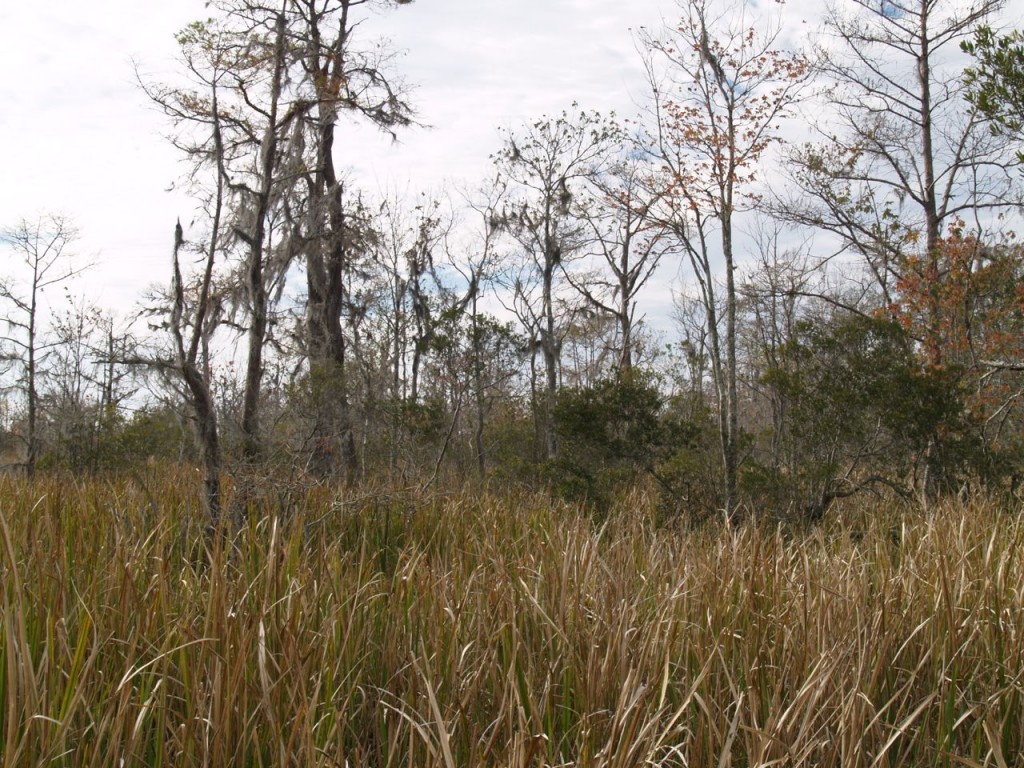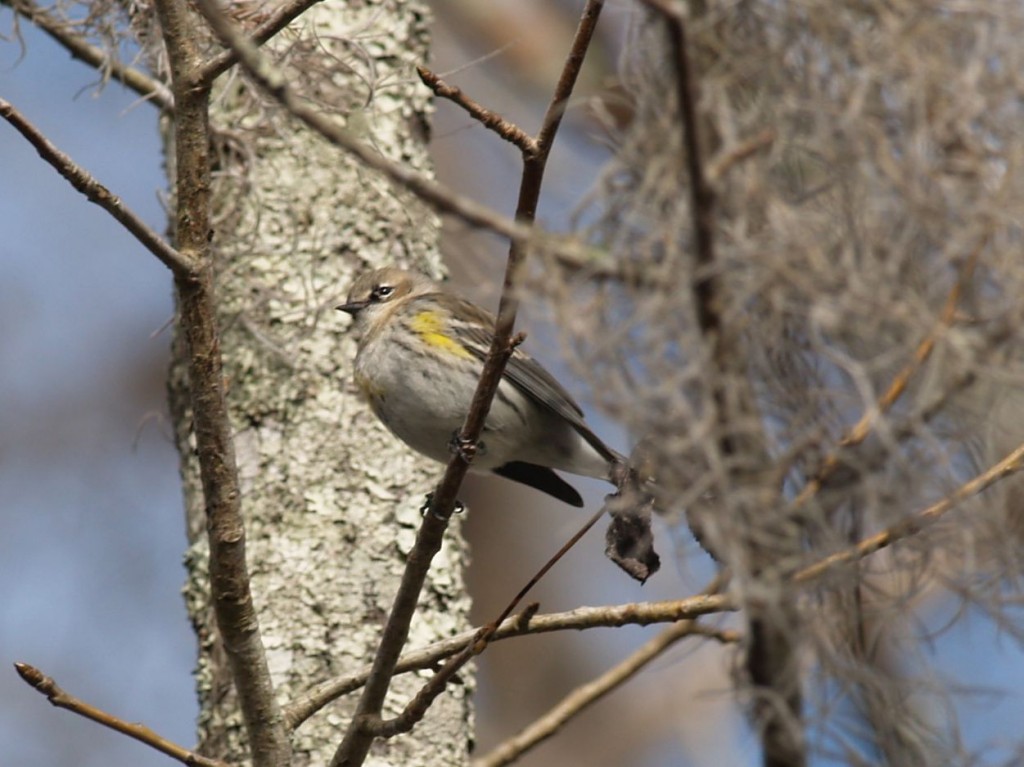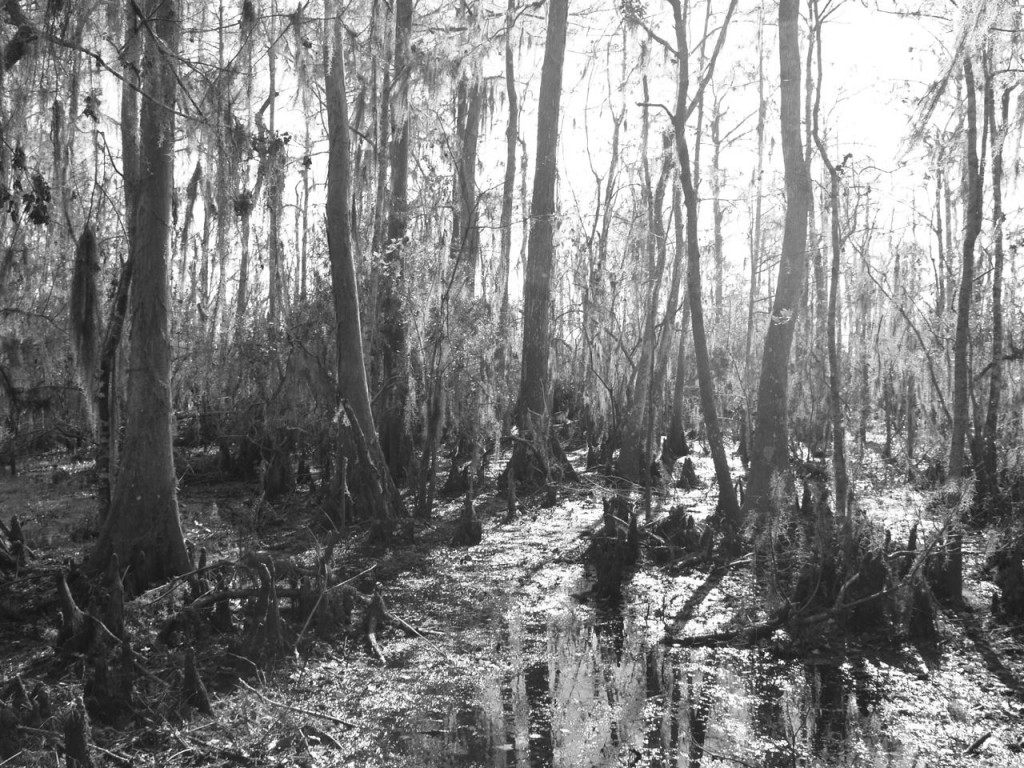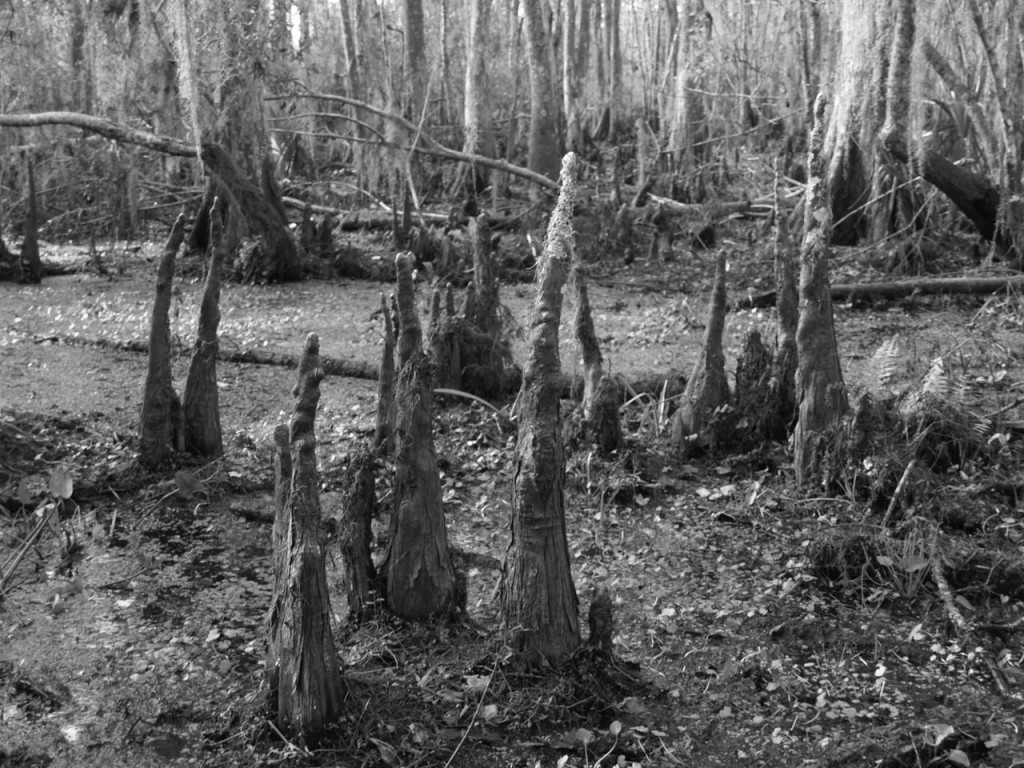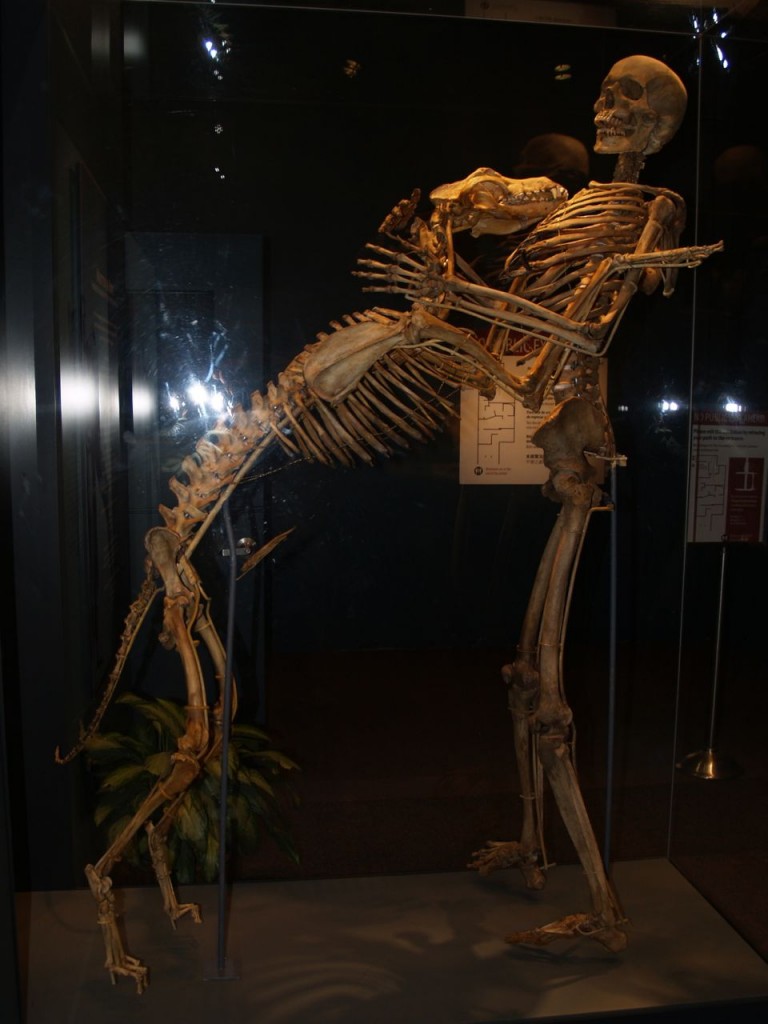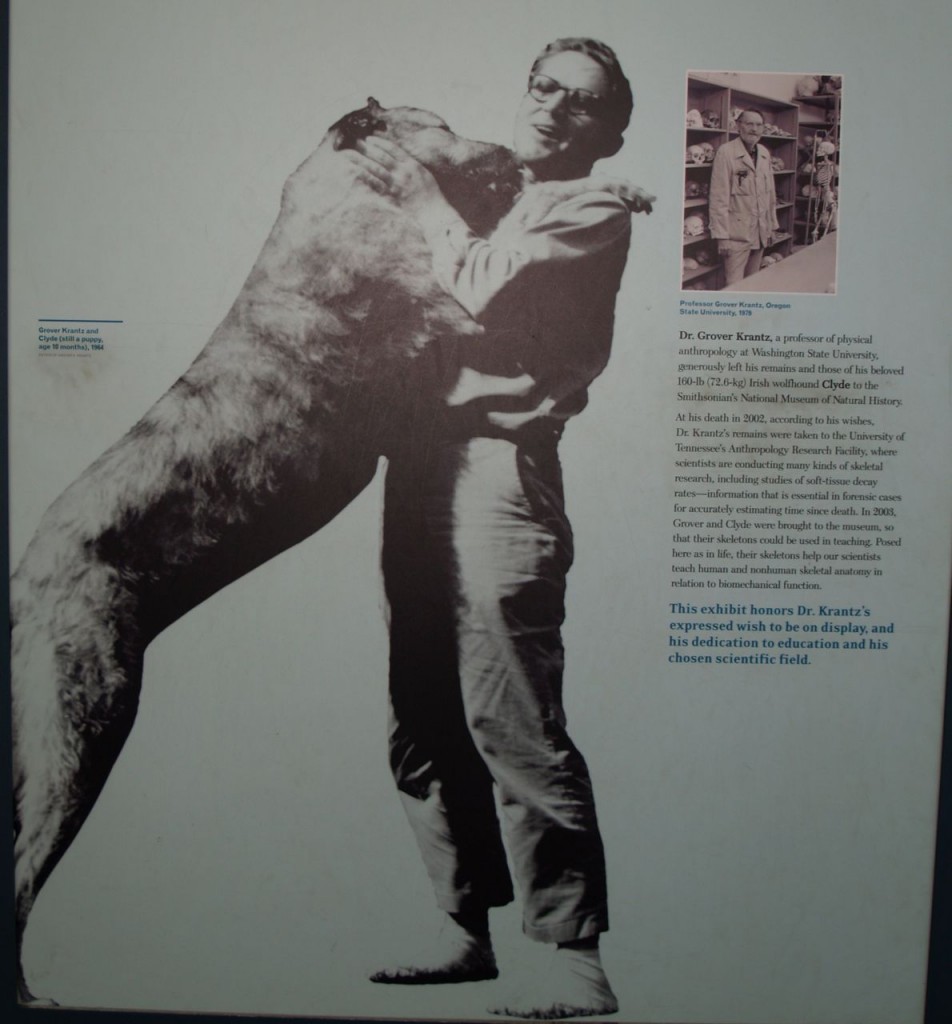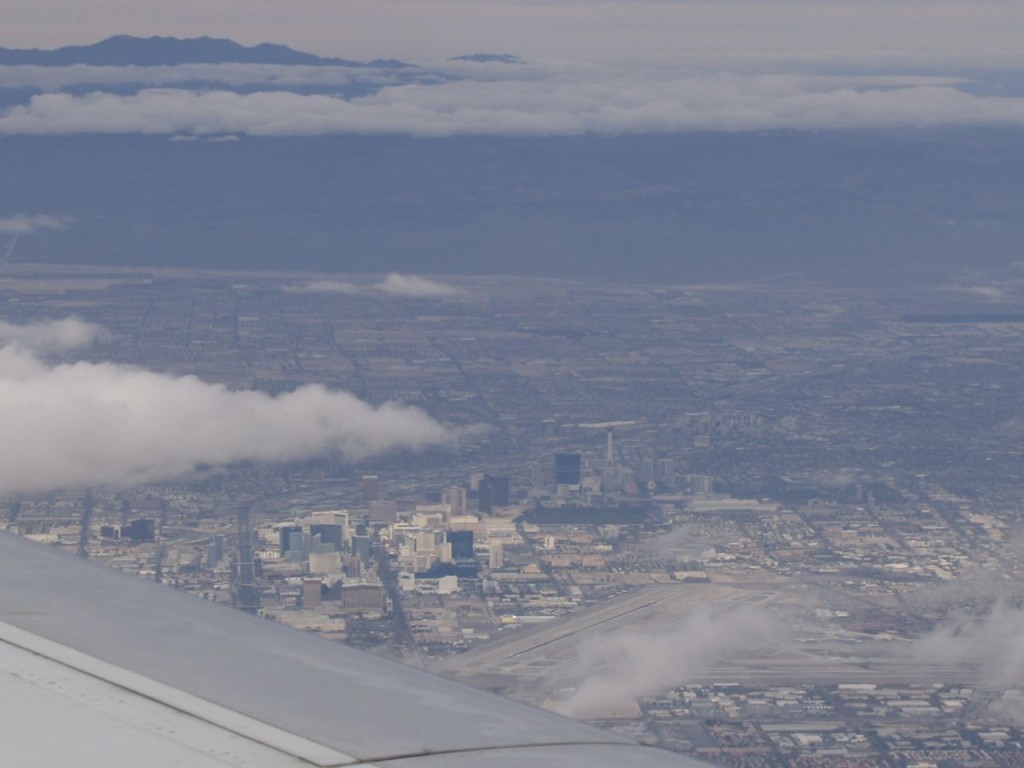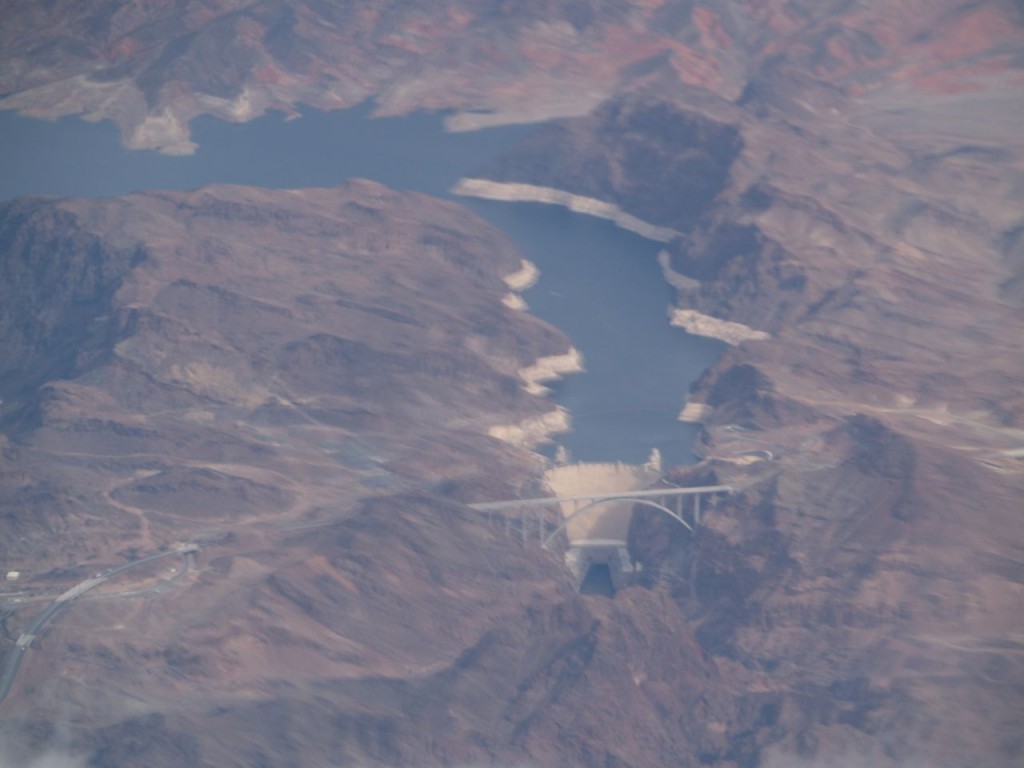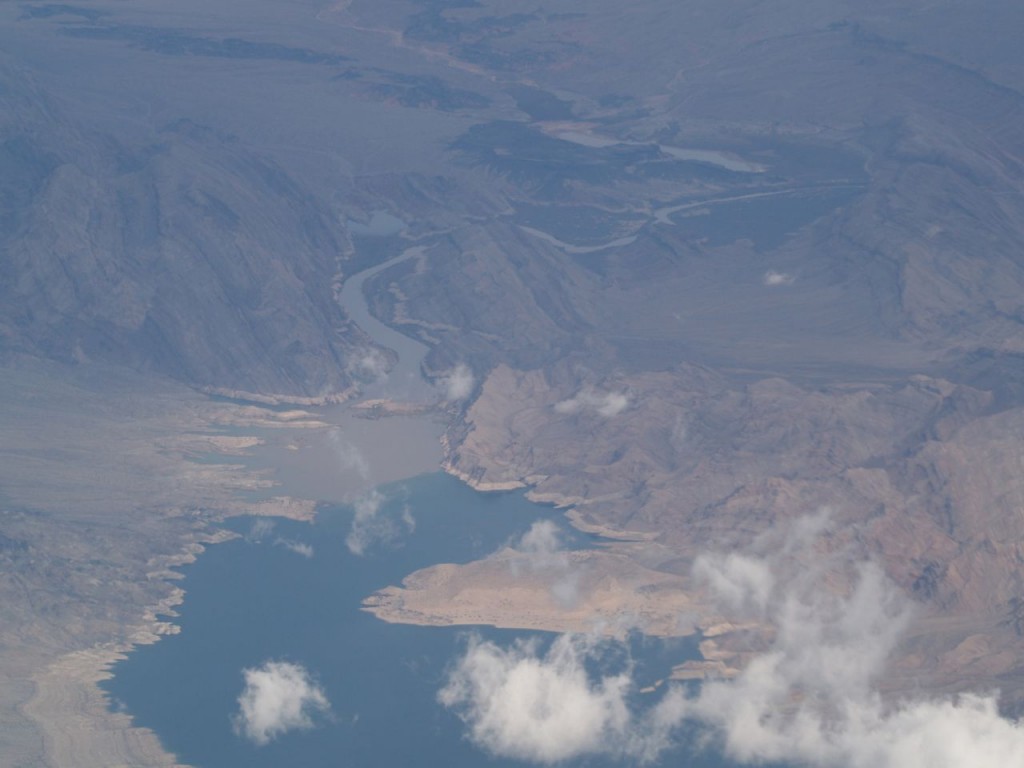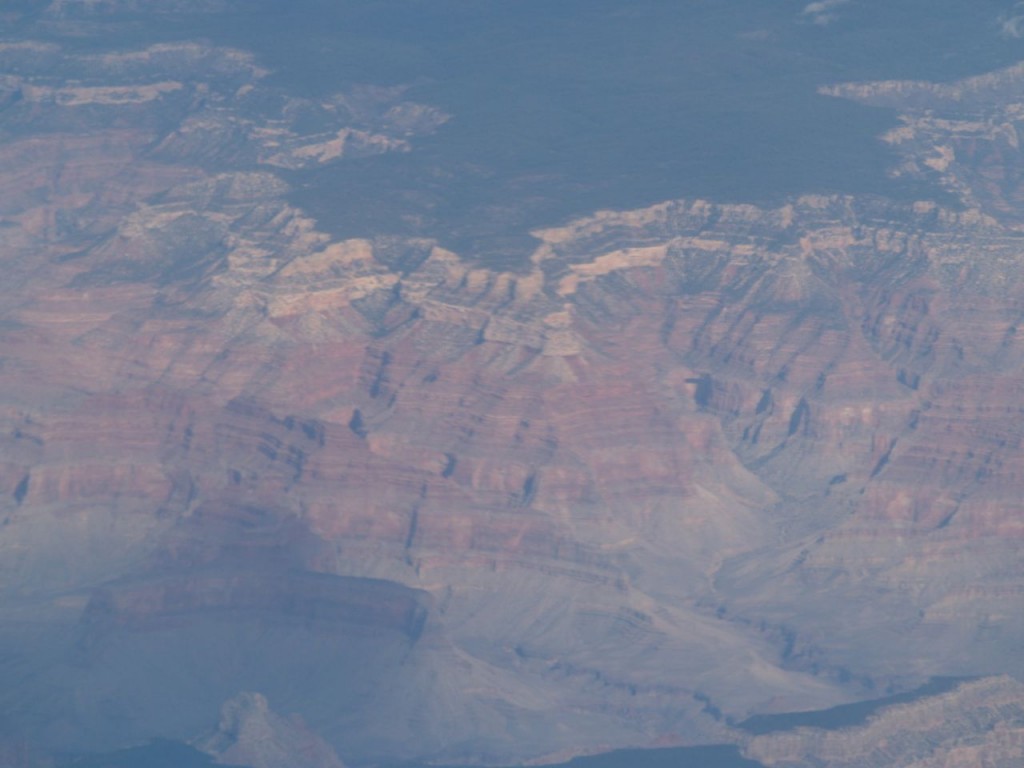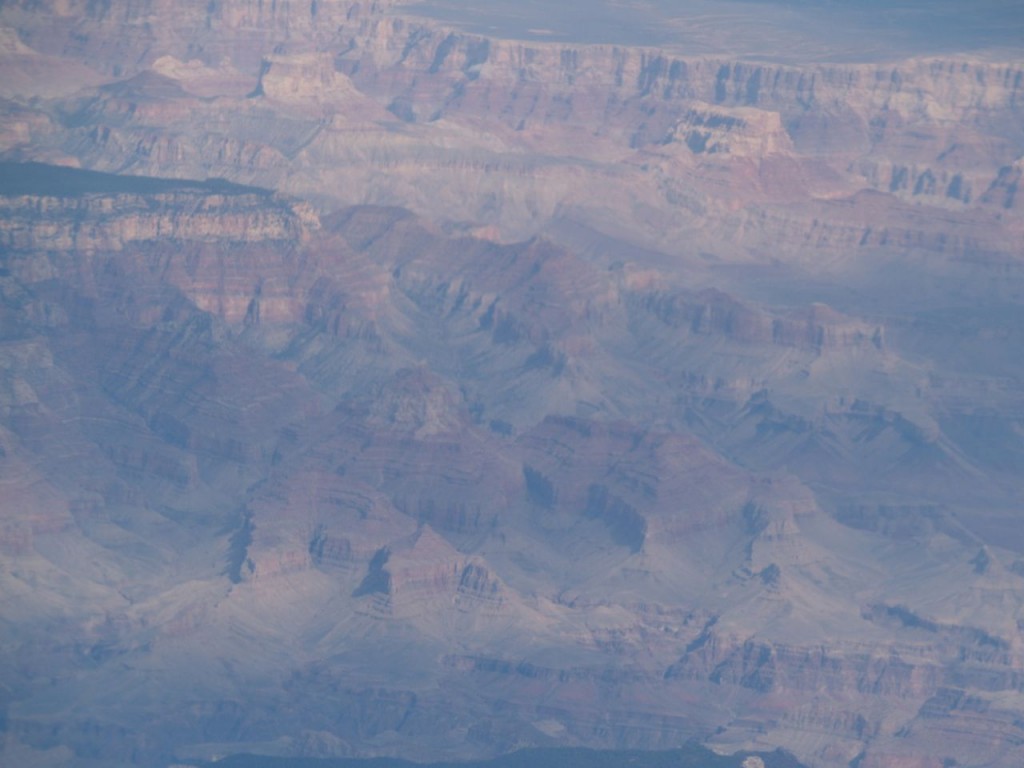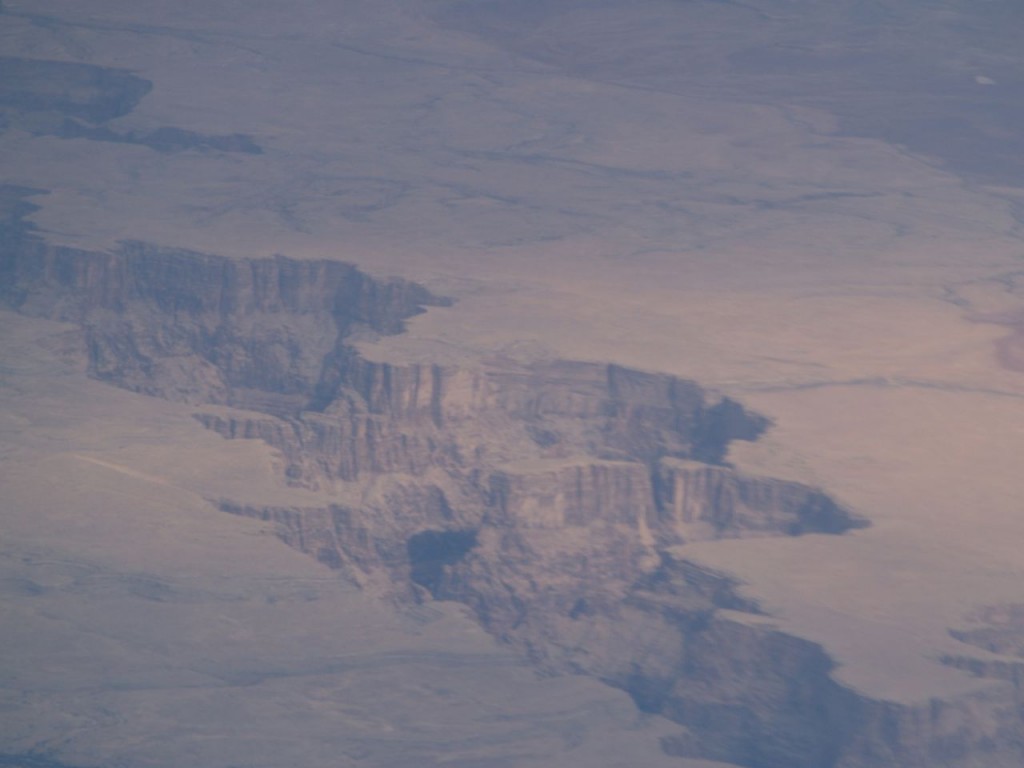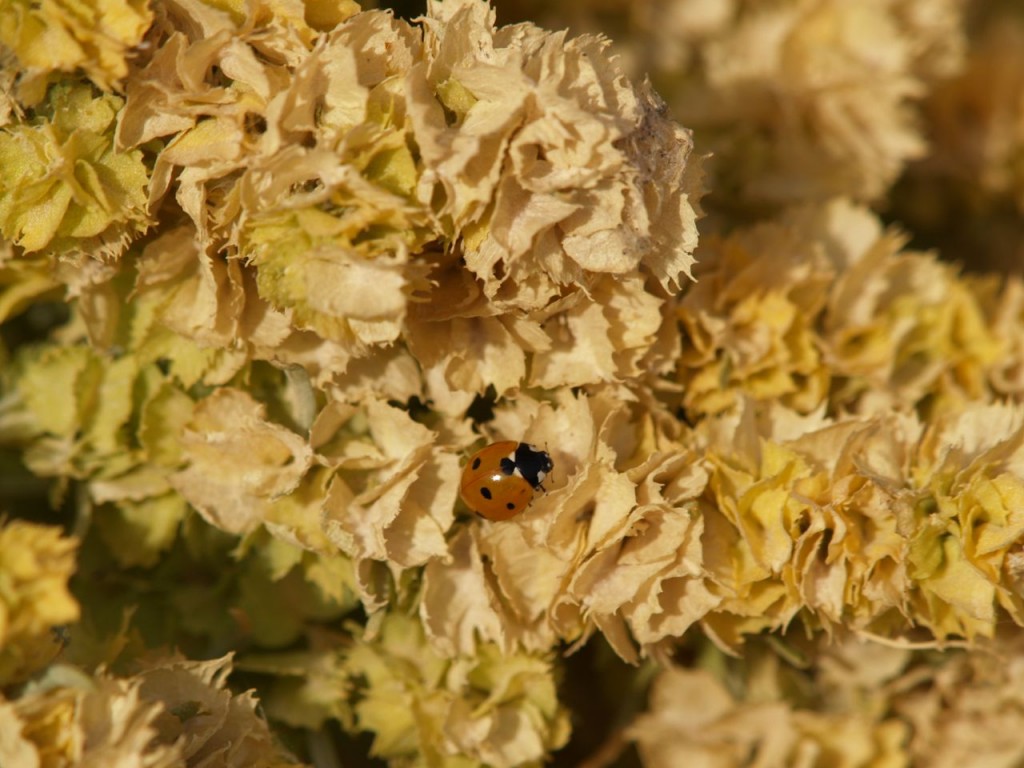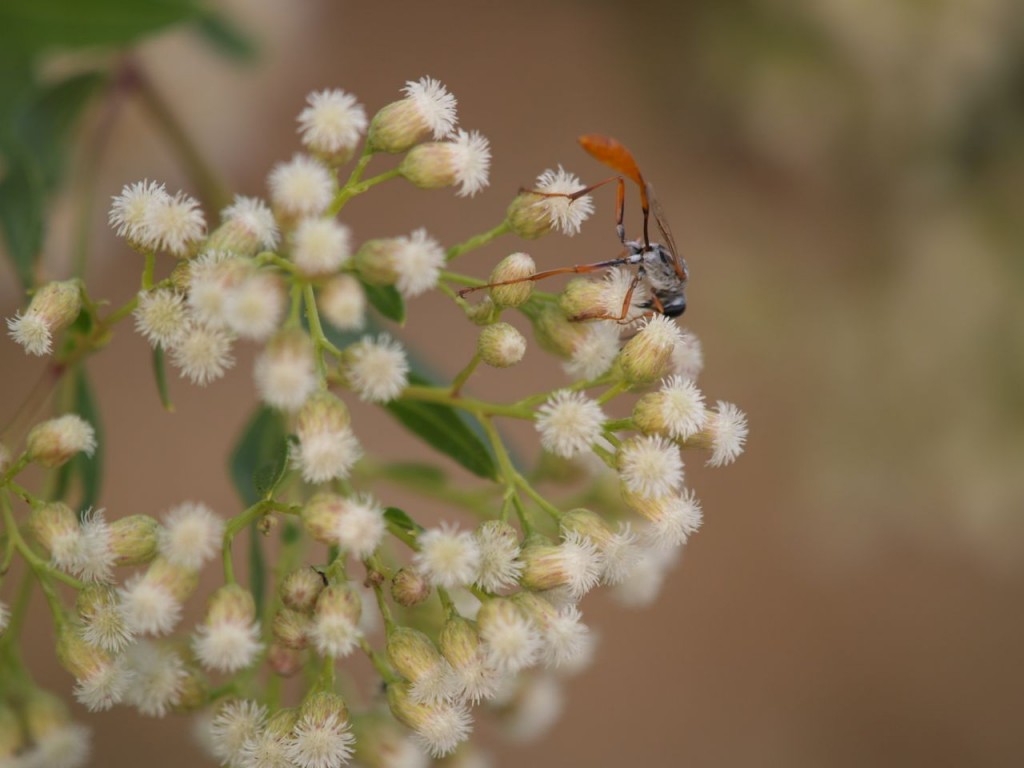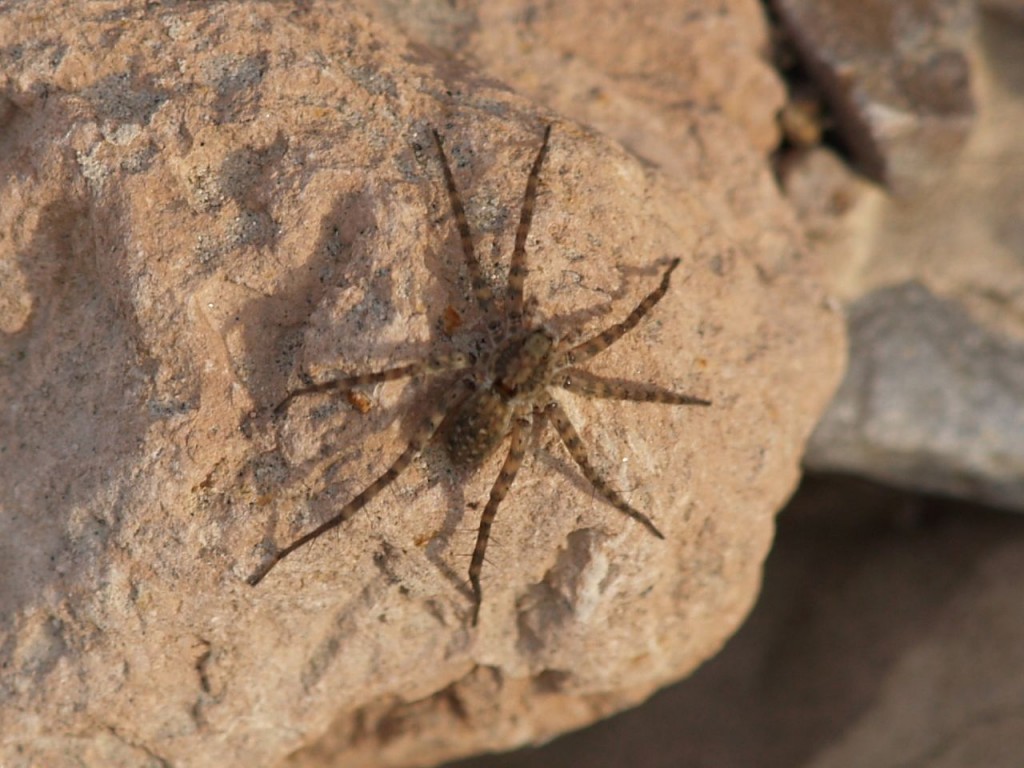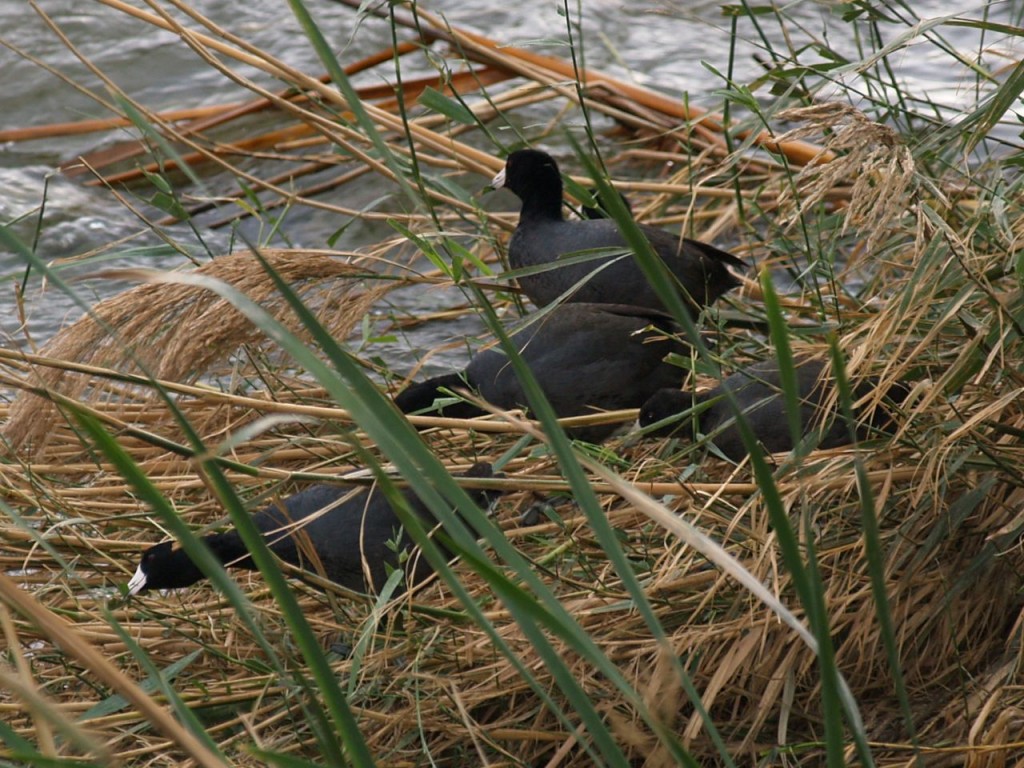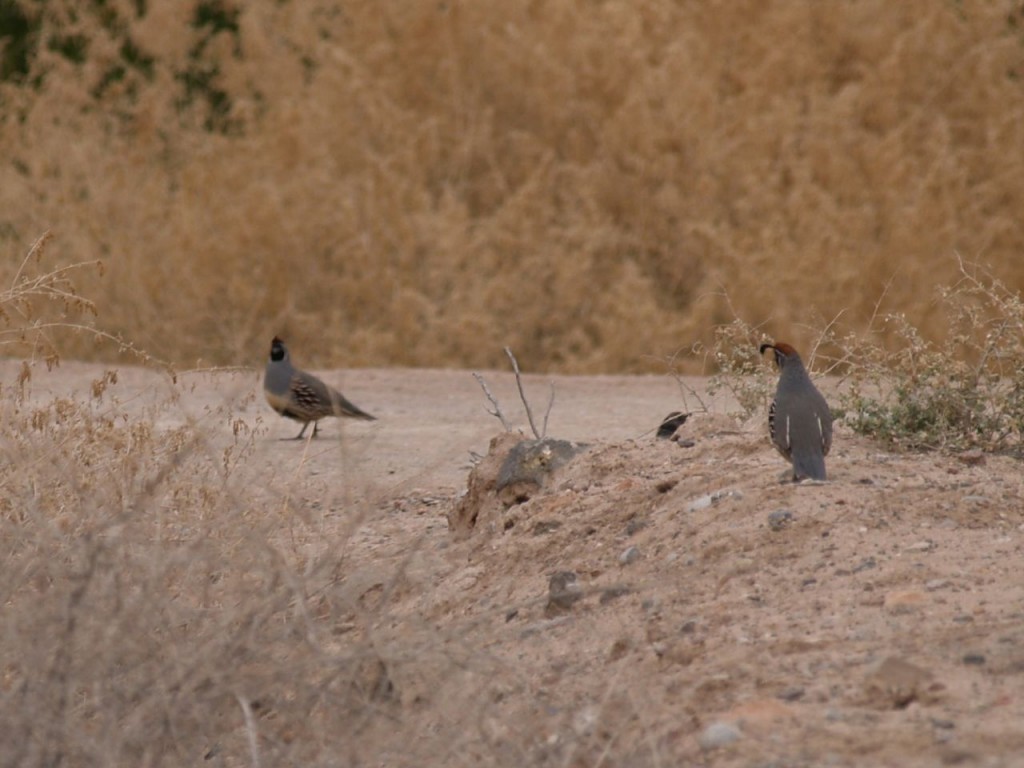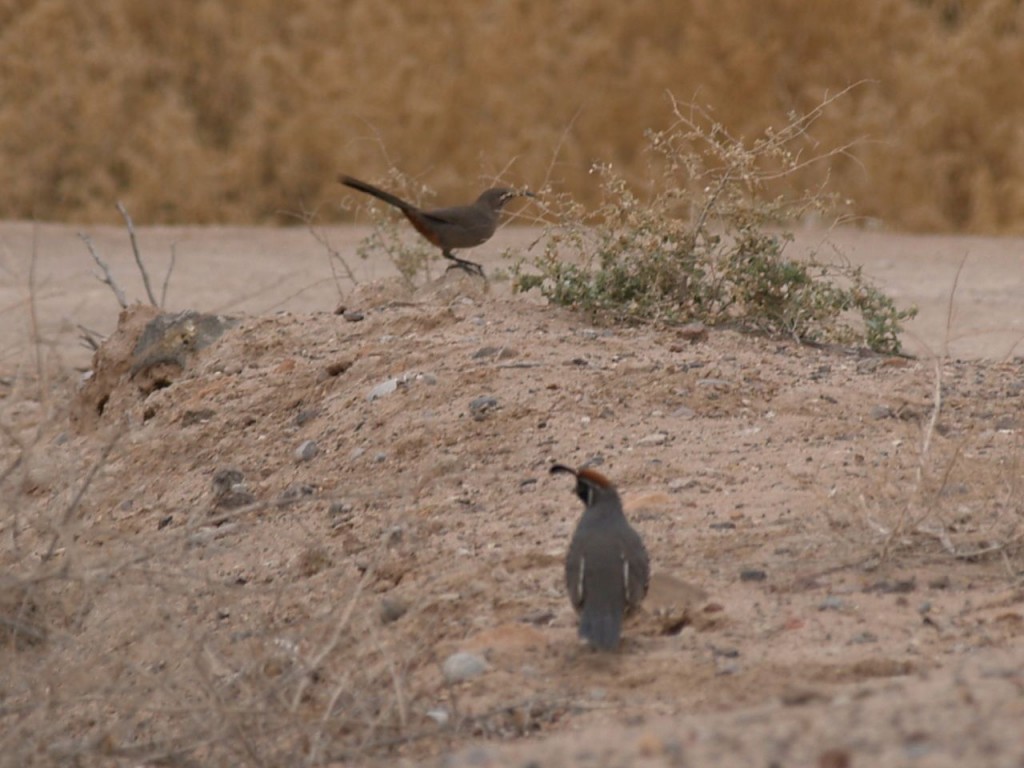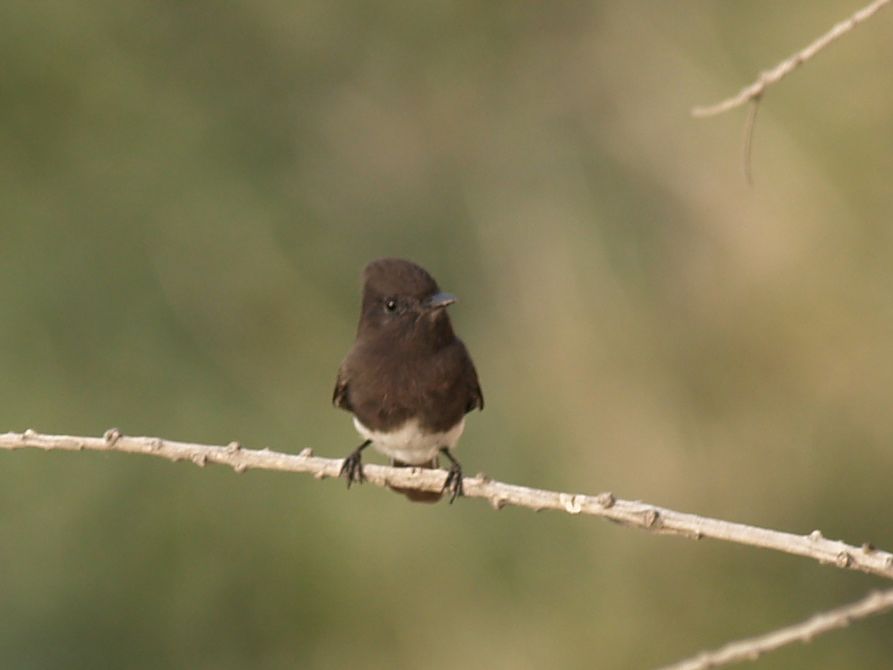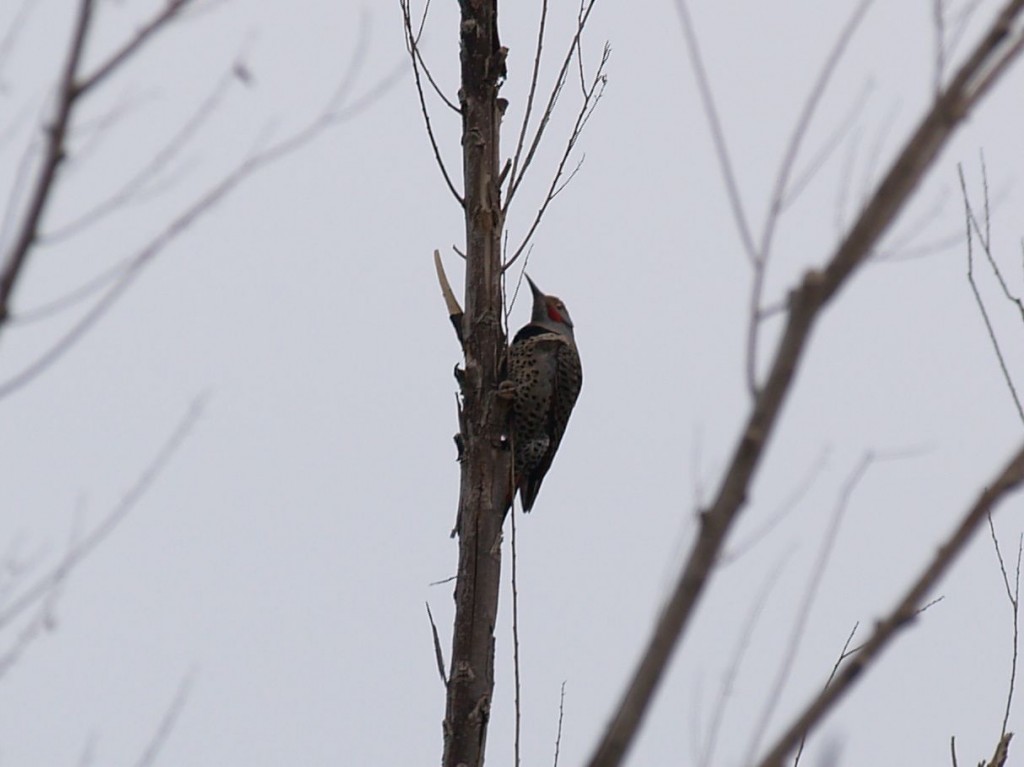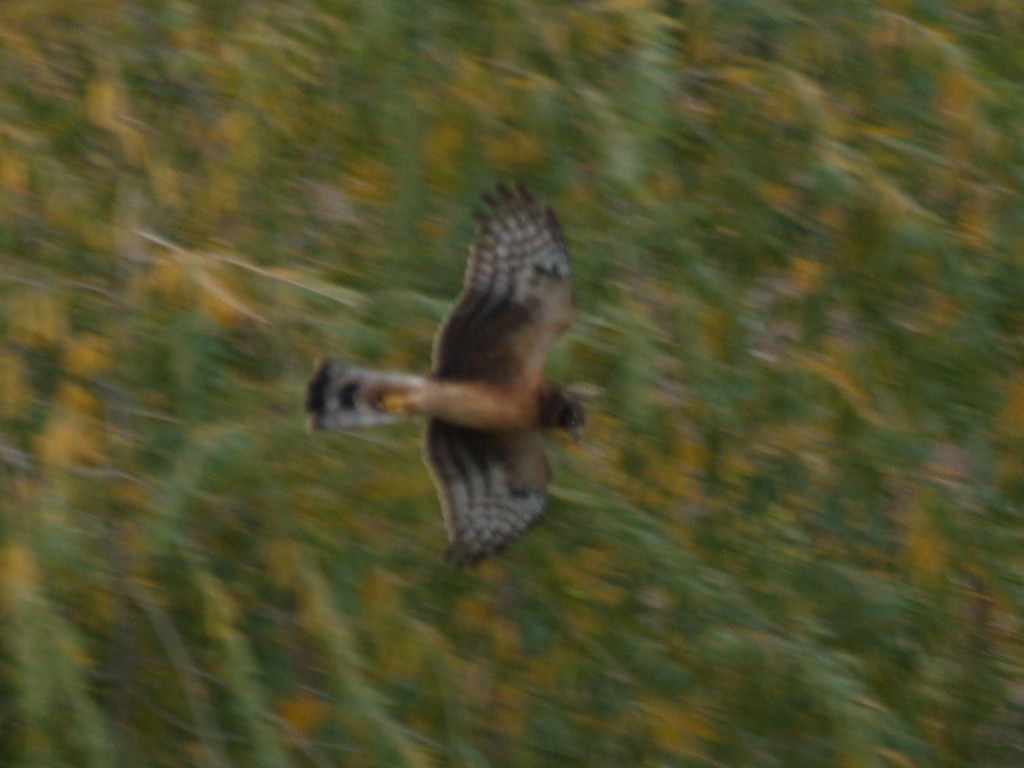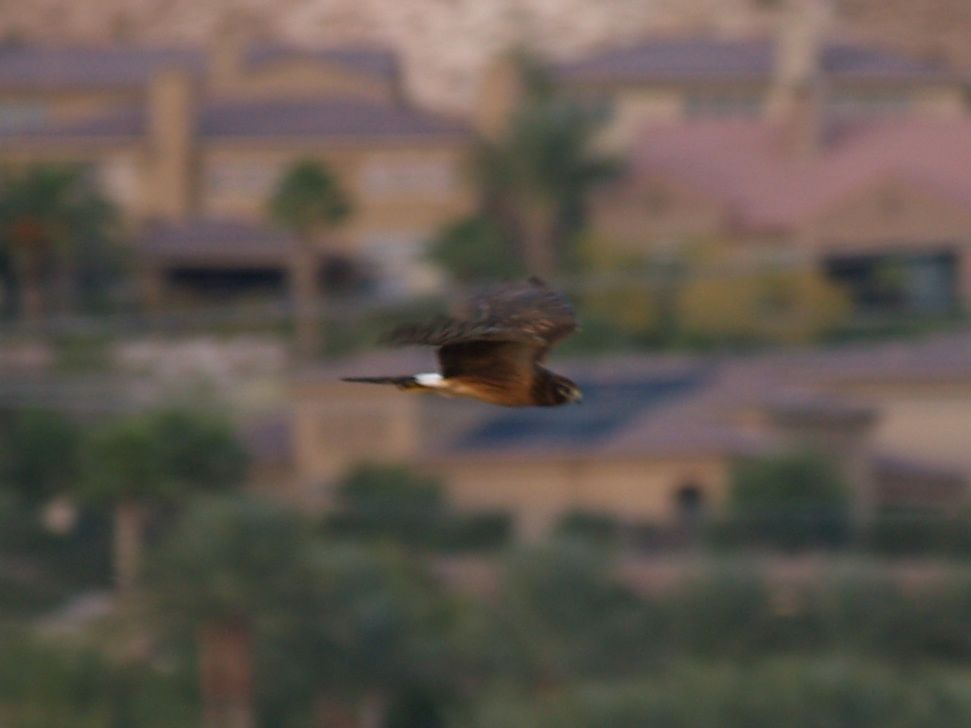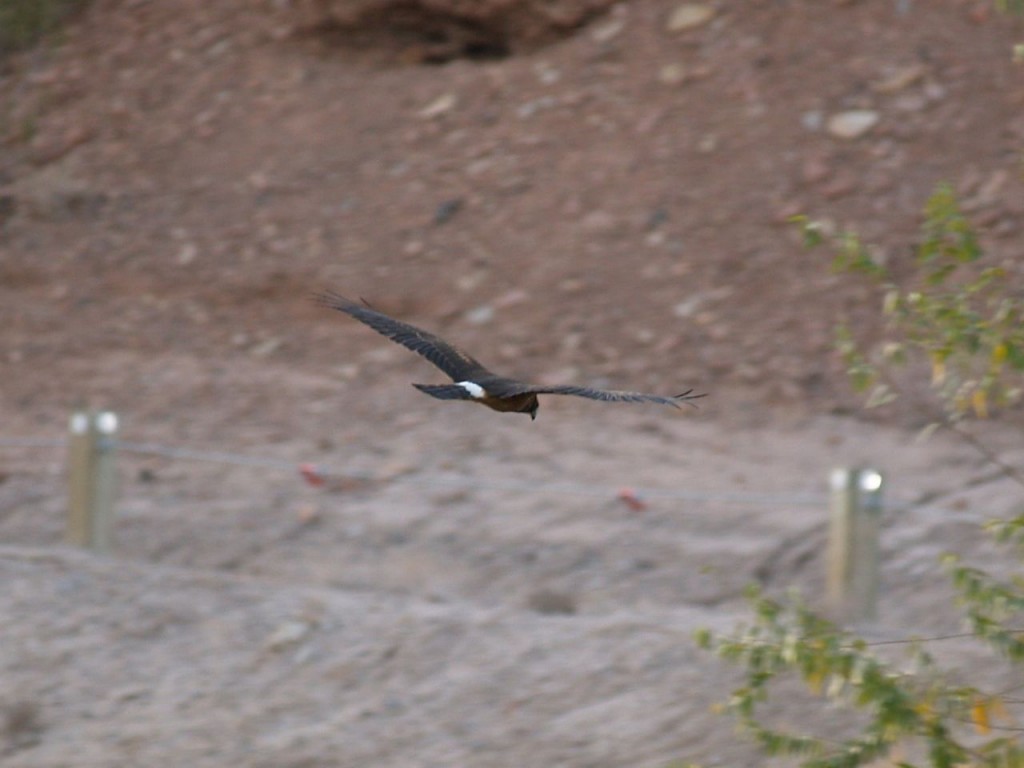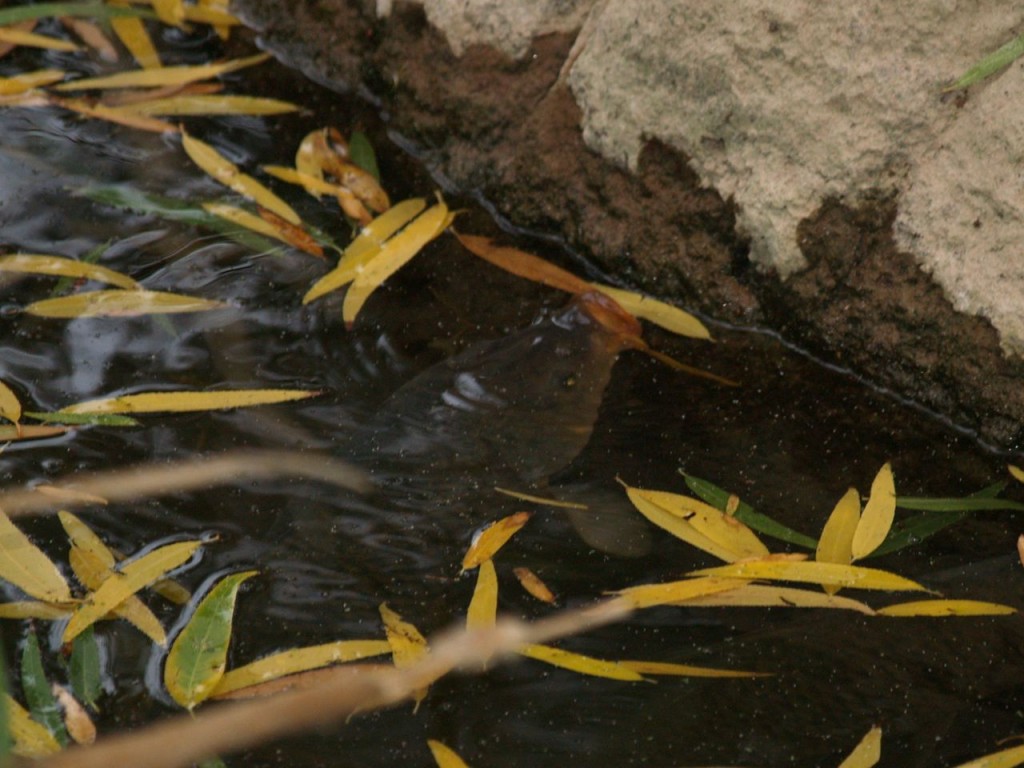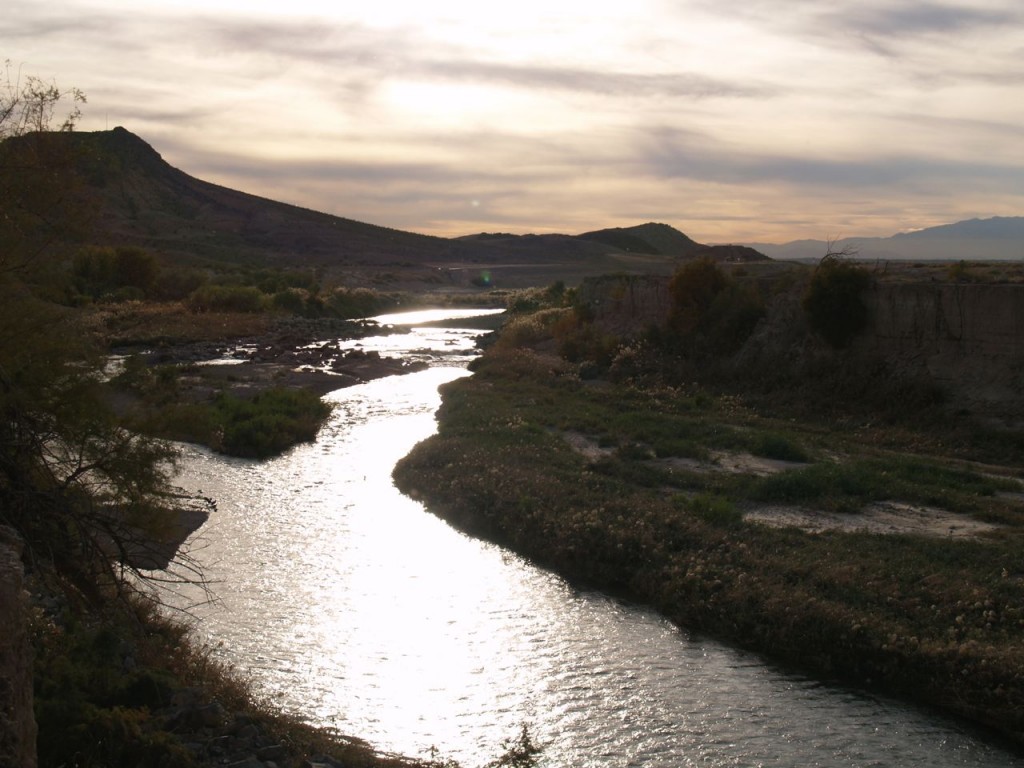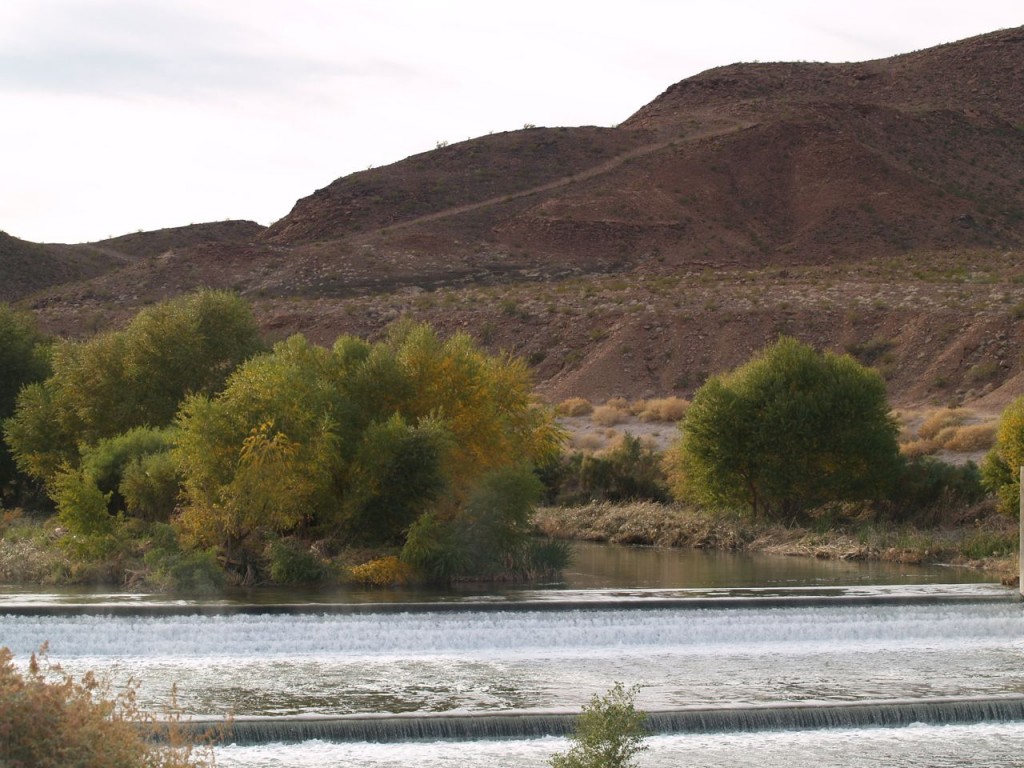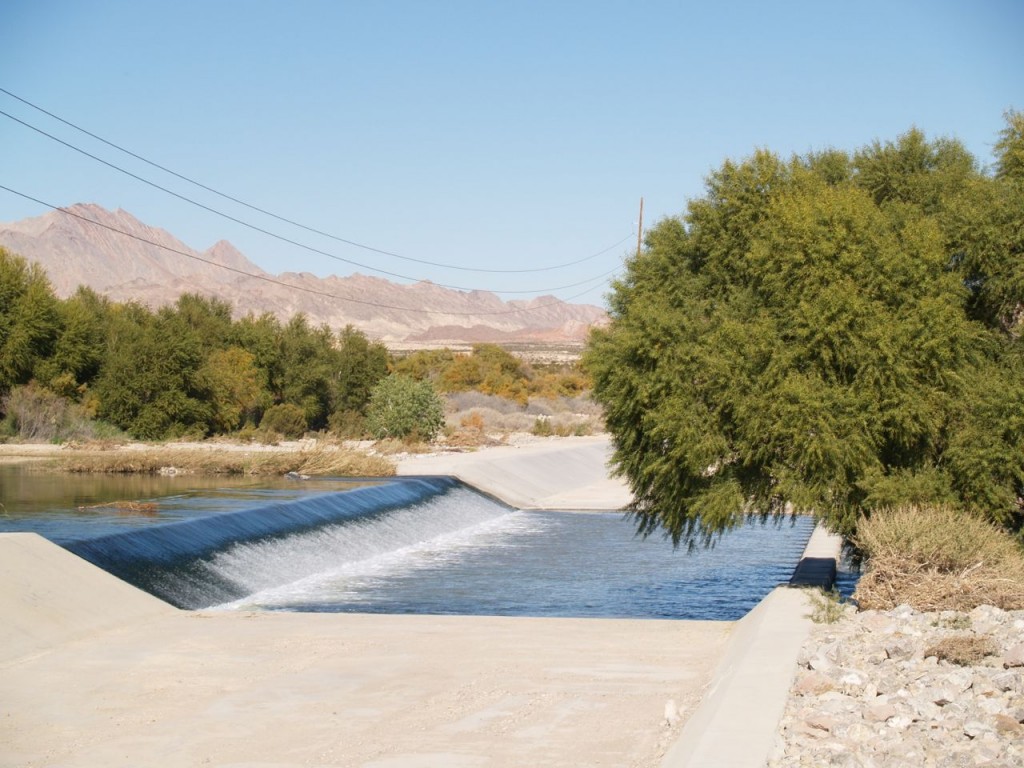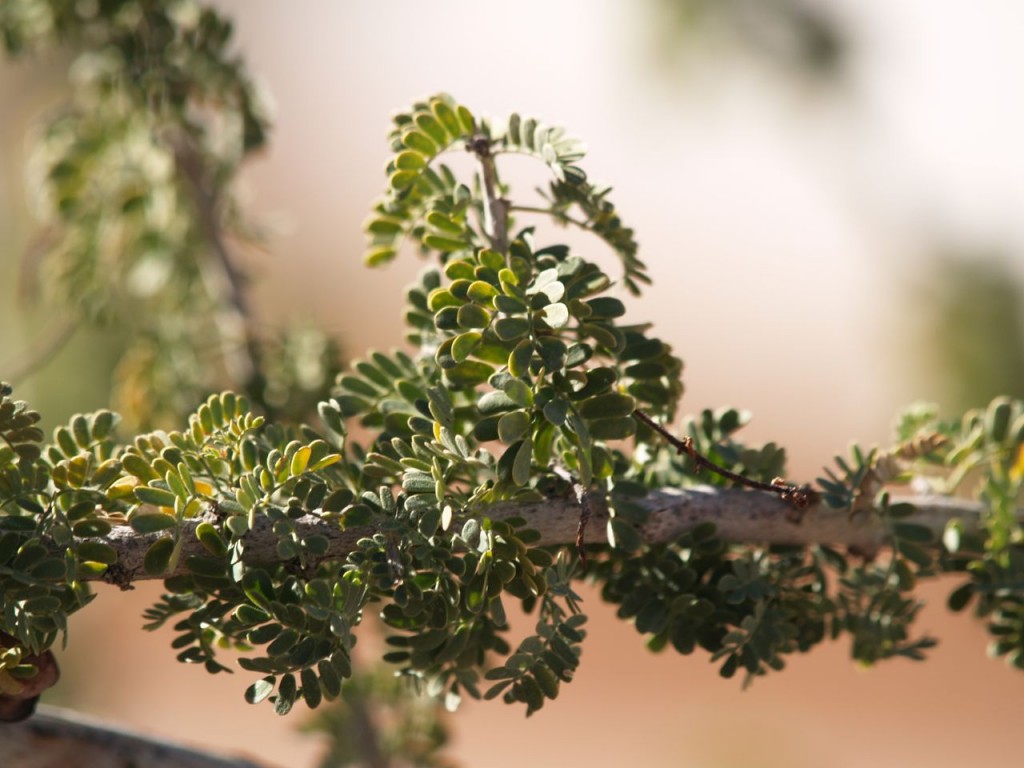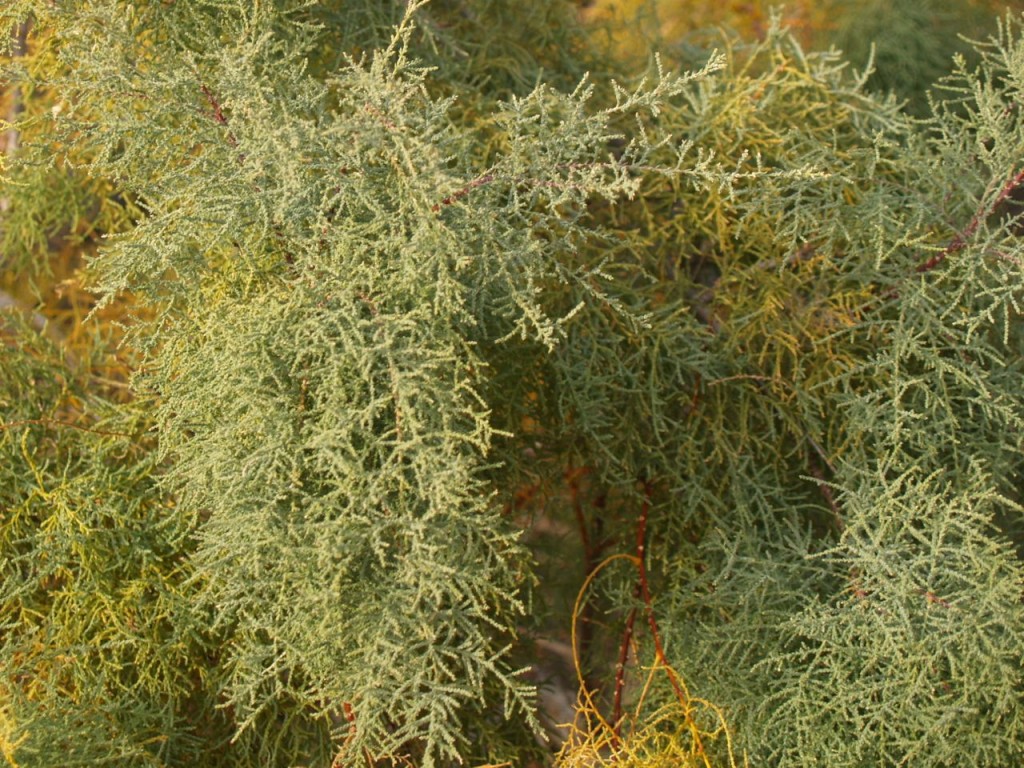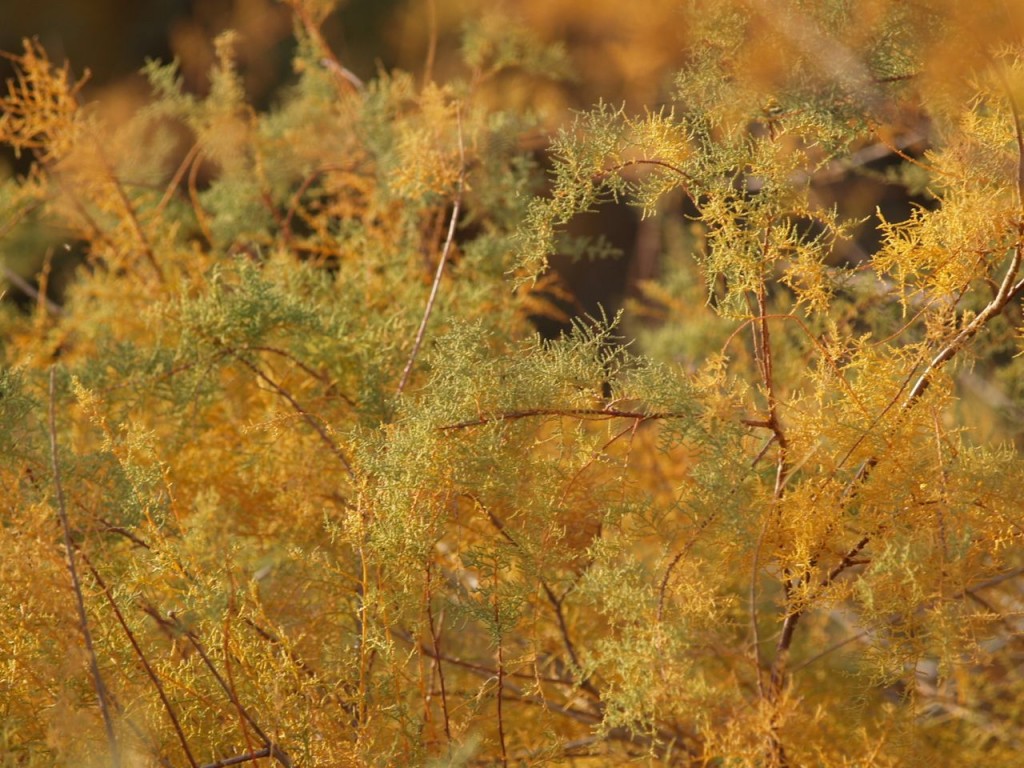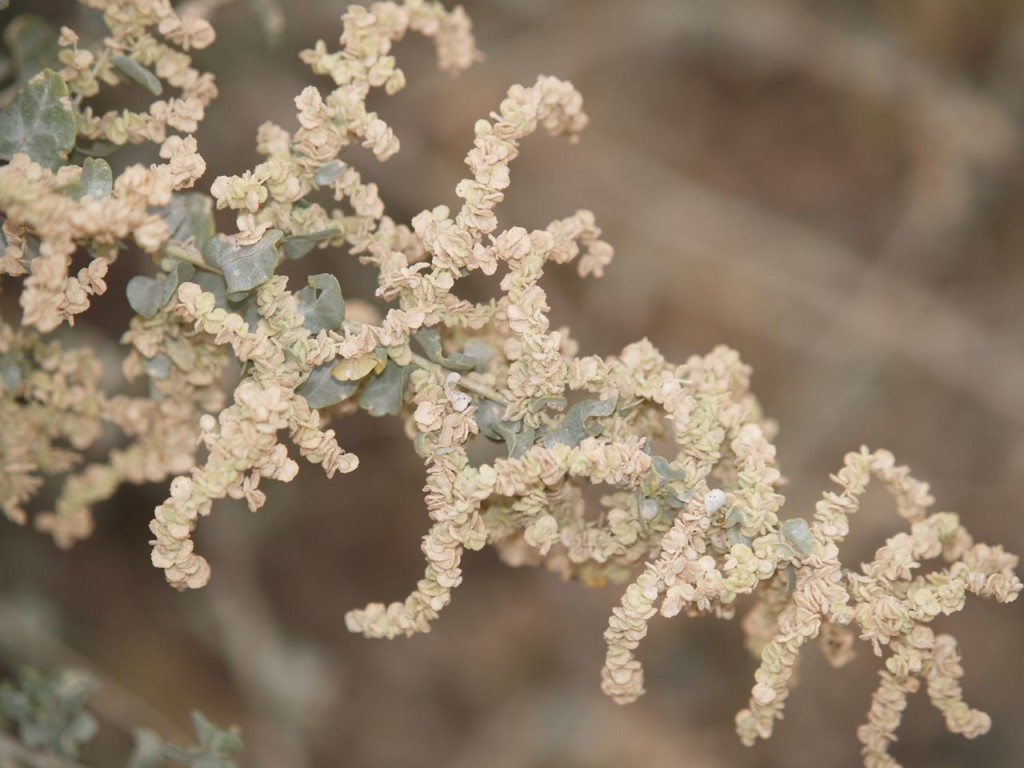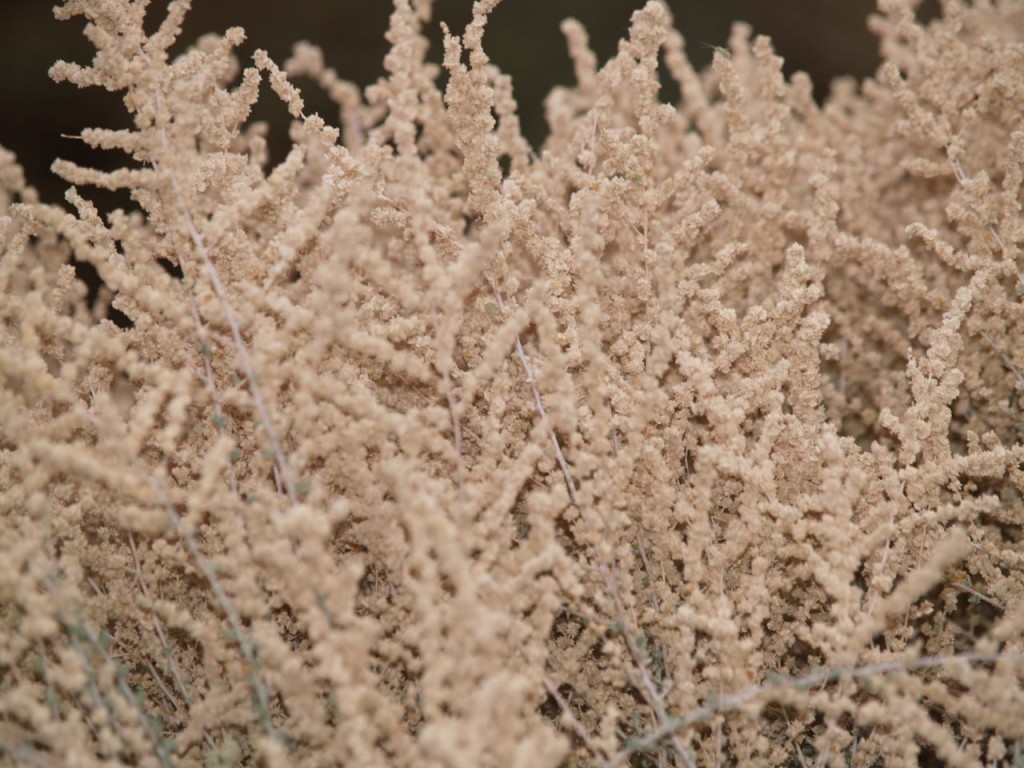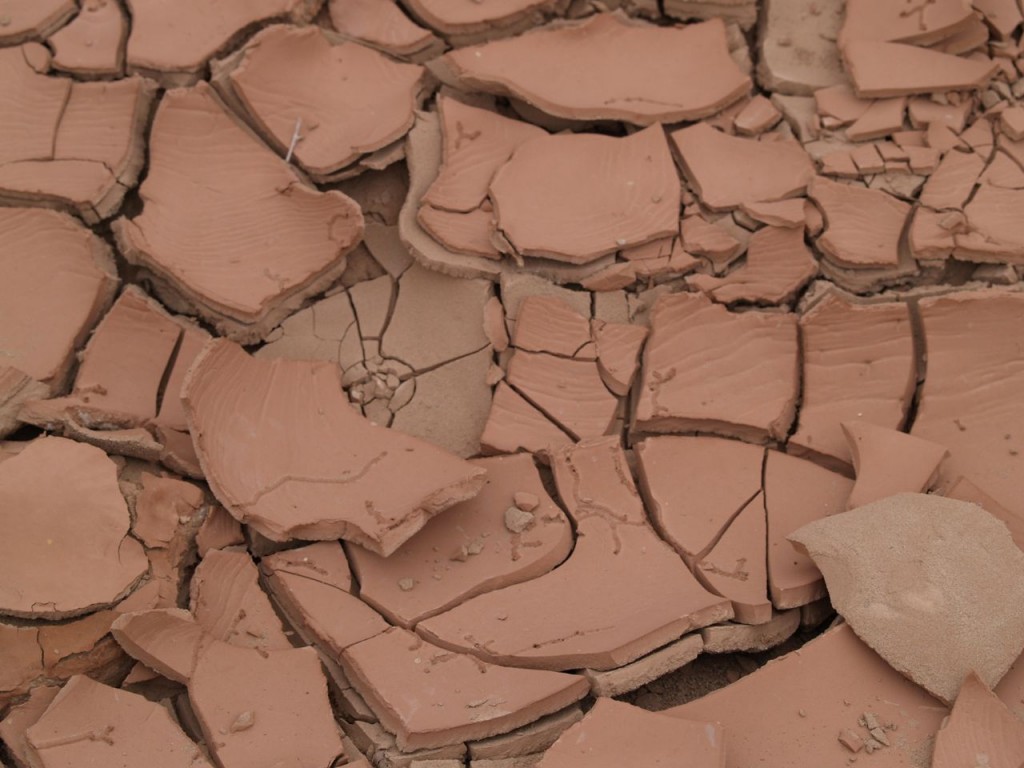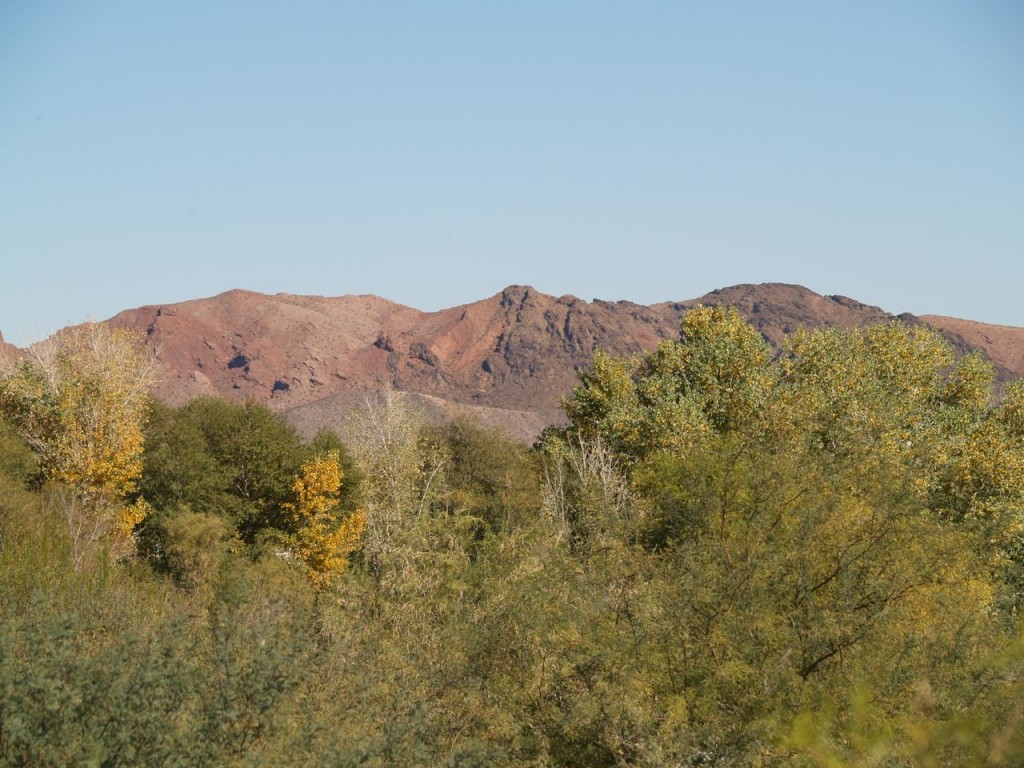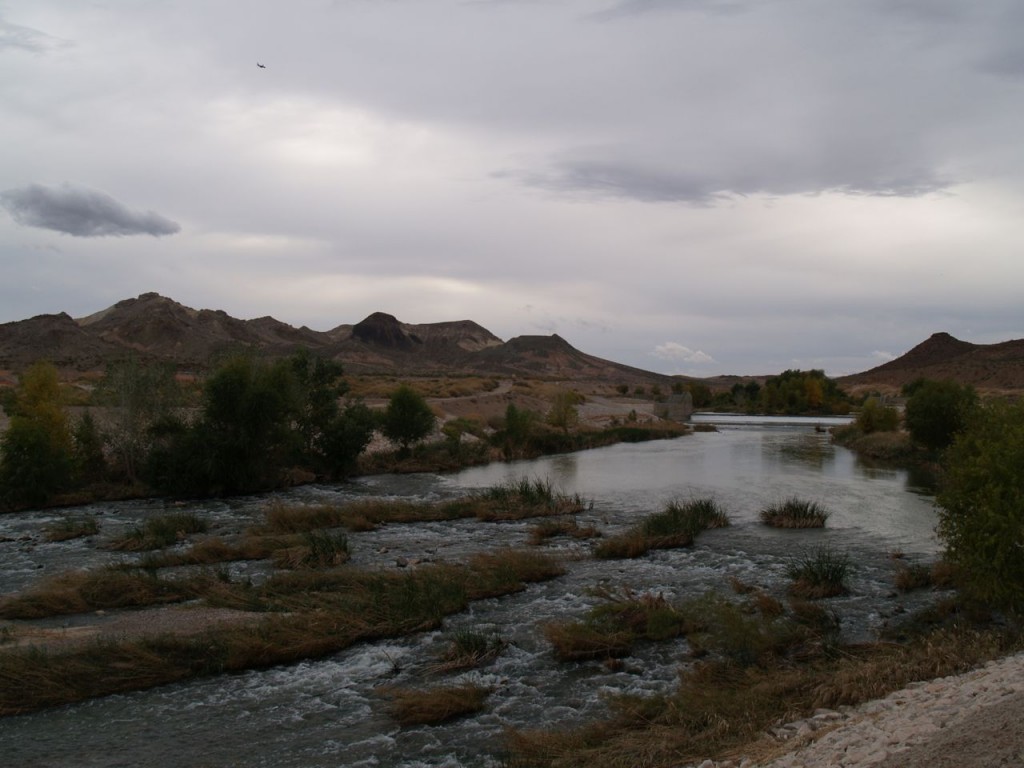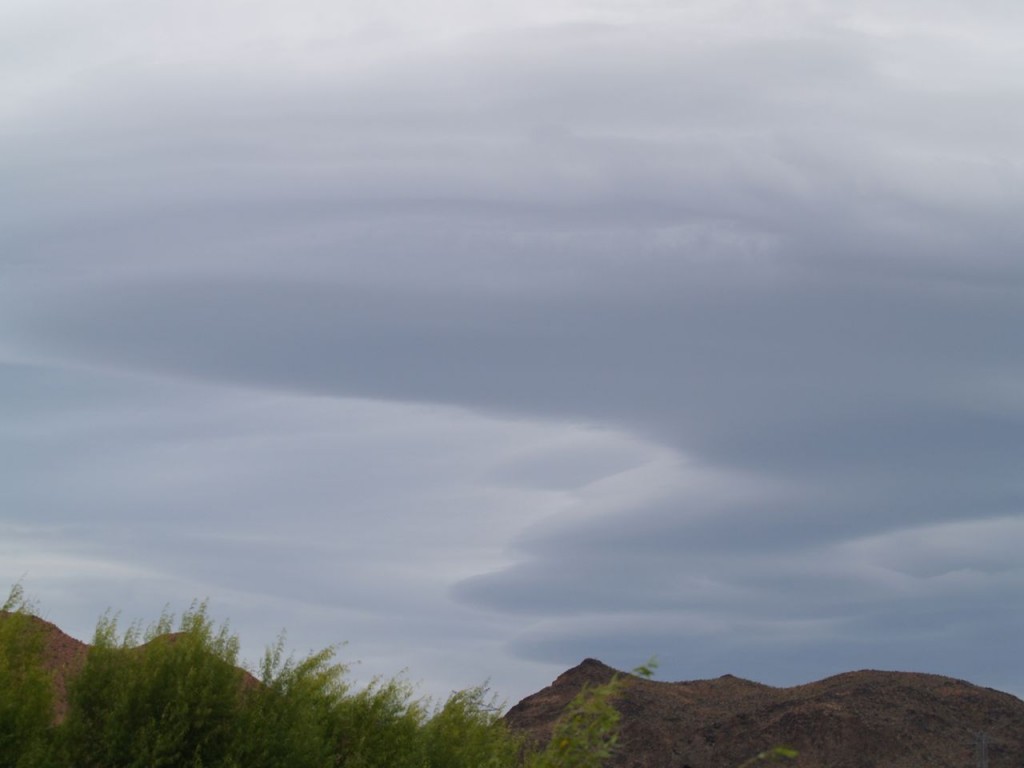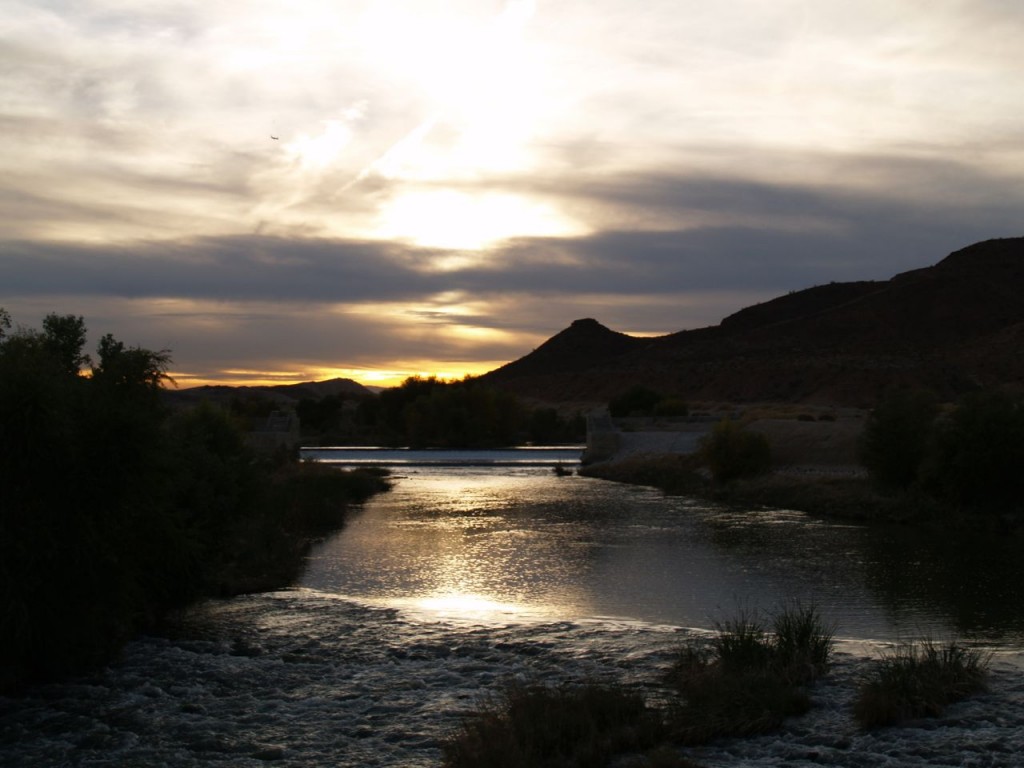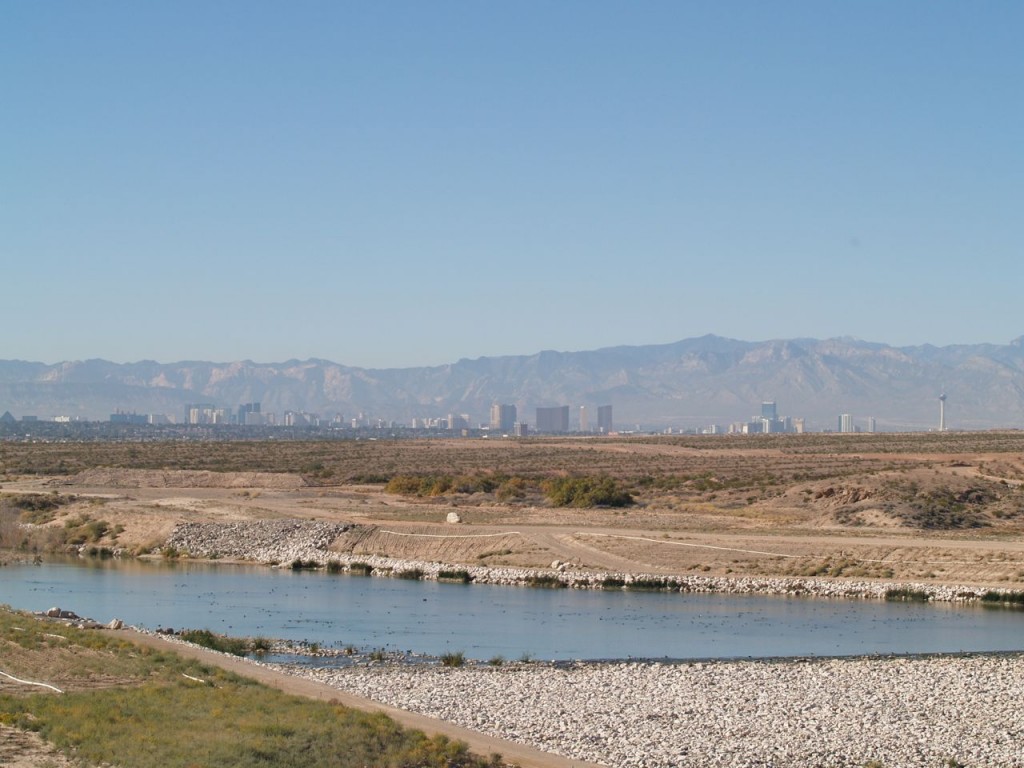Last January I visited New York’s Highline Park for the first time. I thought the park was wonderful even in winter when all the plants are dormant. On my next trip to New York, I had to go back. The park is even more beautiful in summer when all the plants are green and flowers are blooming. It is a wonderful oasis above the busy Manhattan streets. Below are a few photos from my most recent trip. 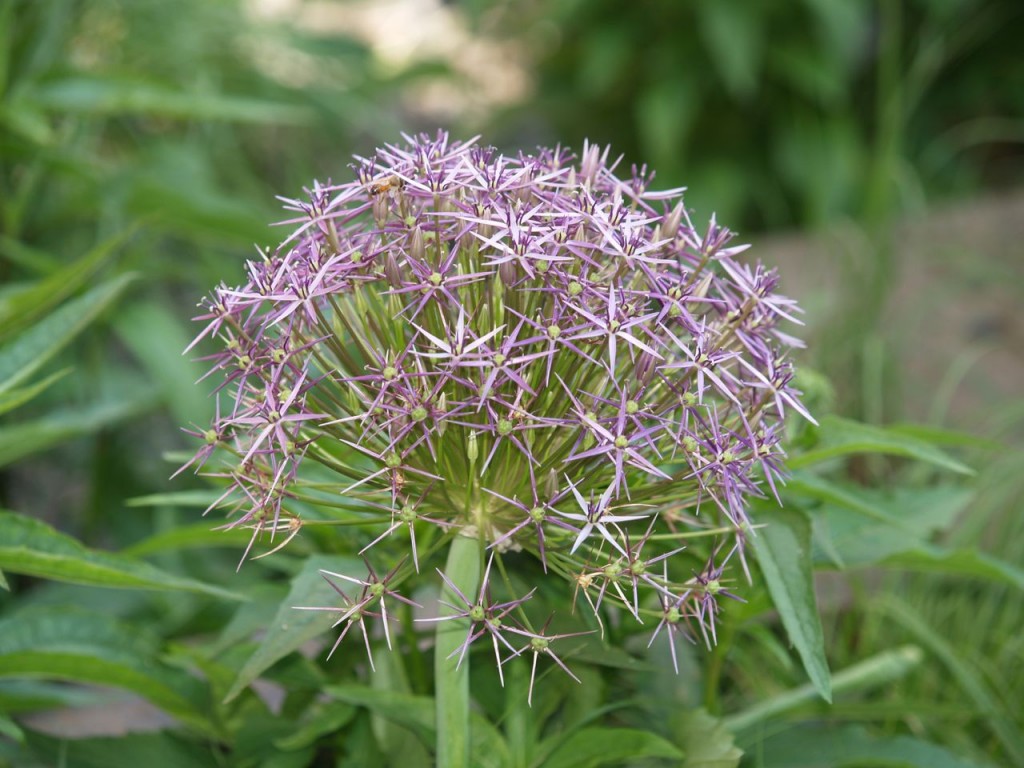
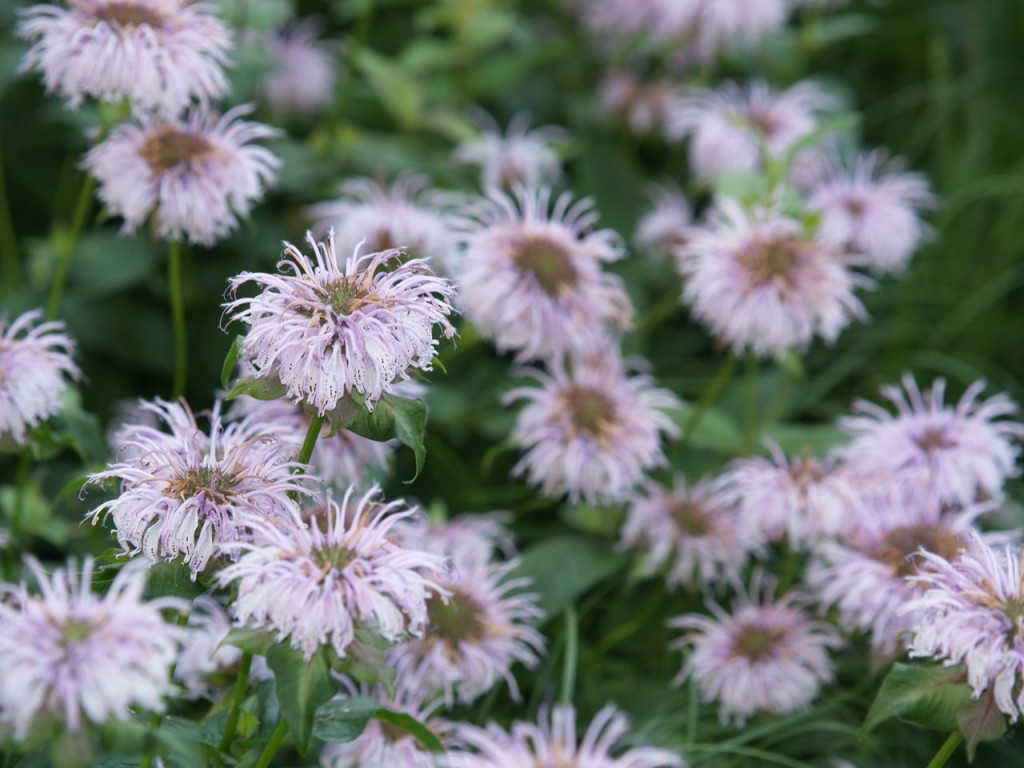
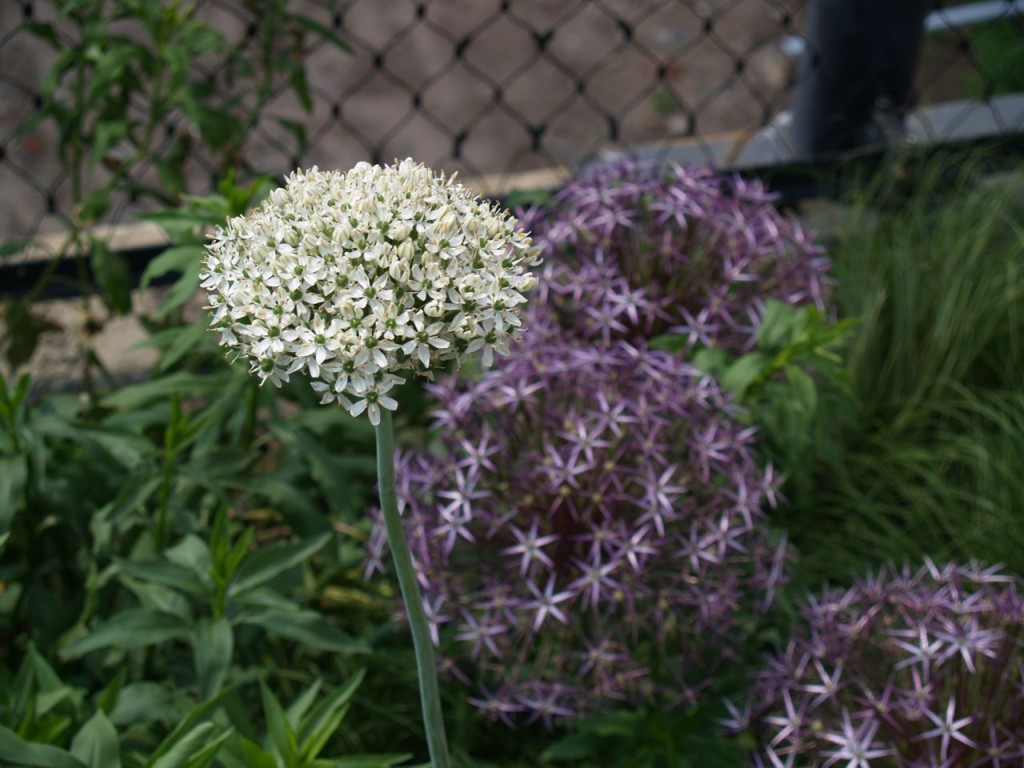
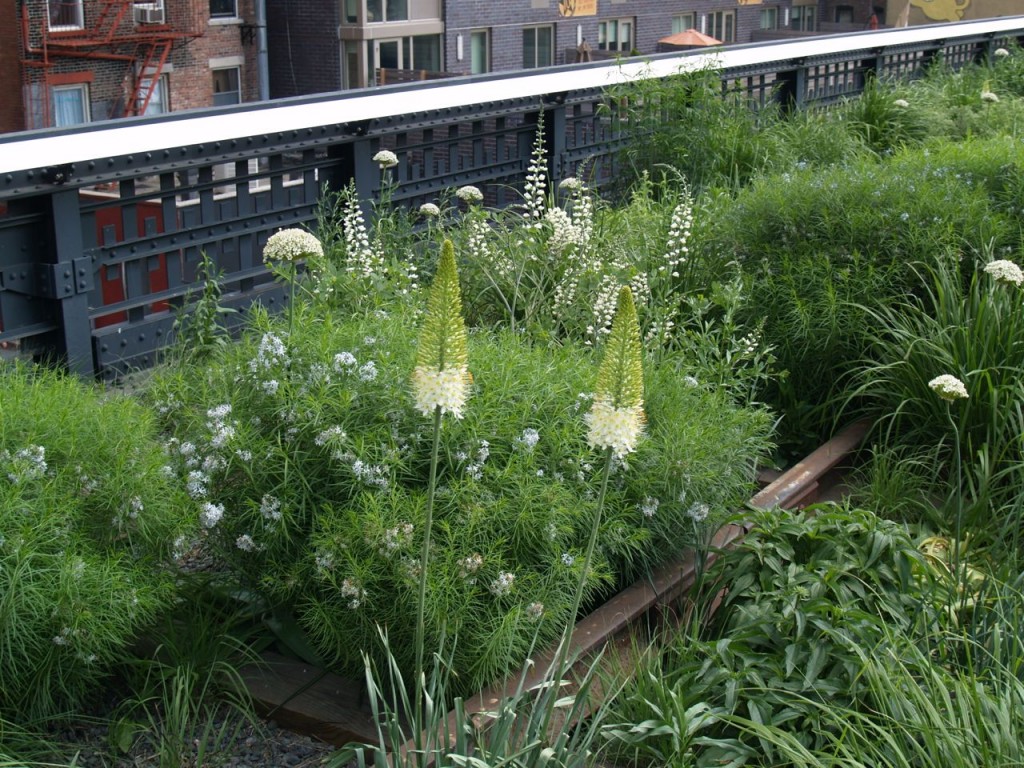
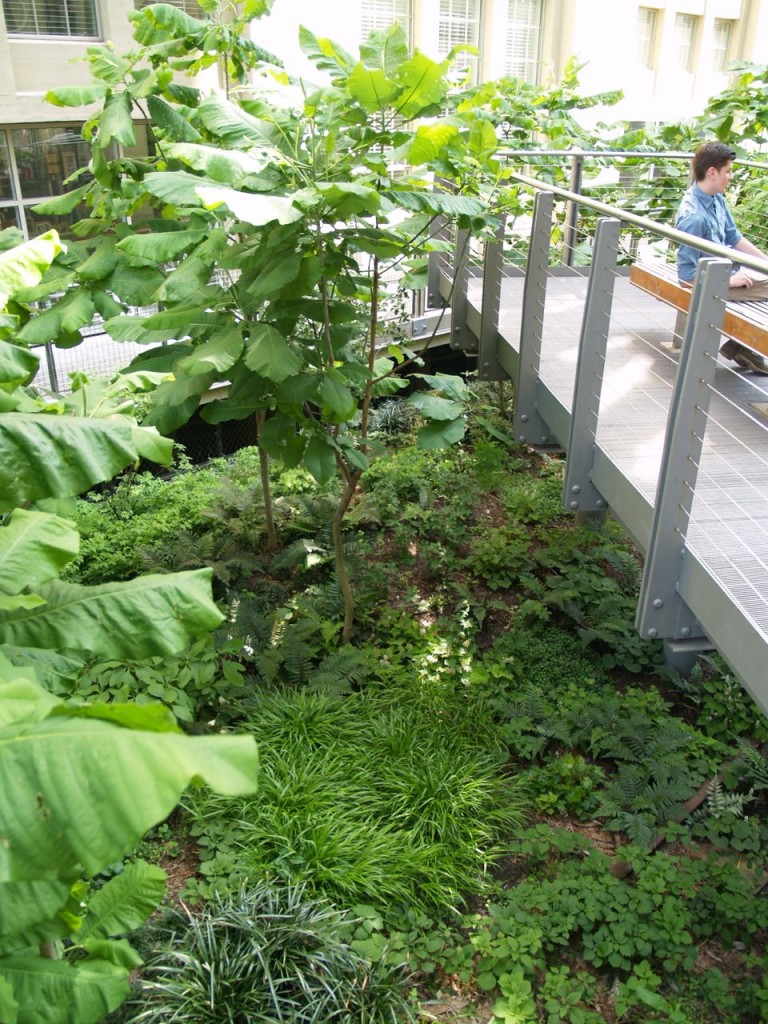
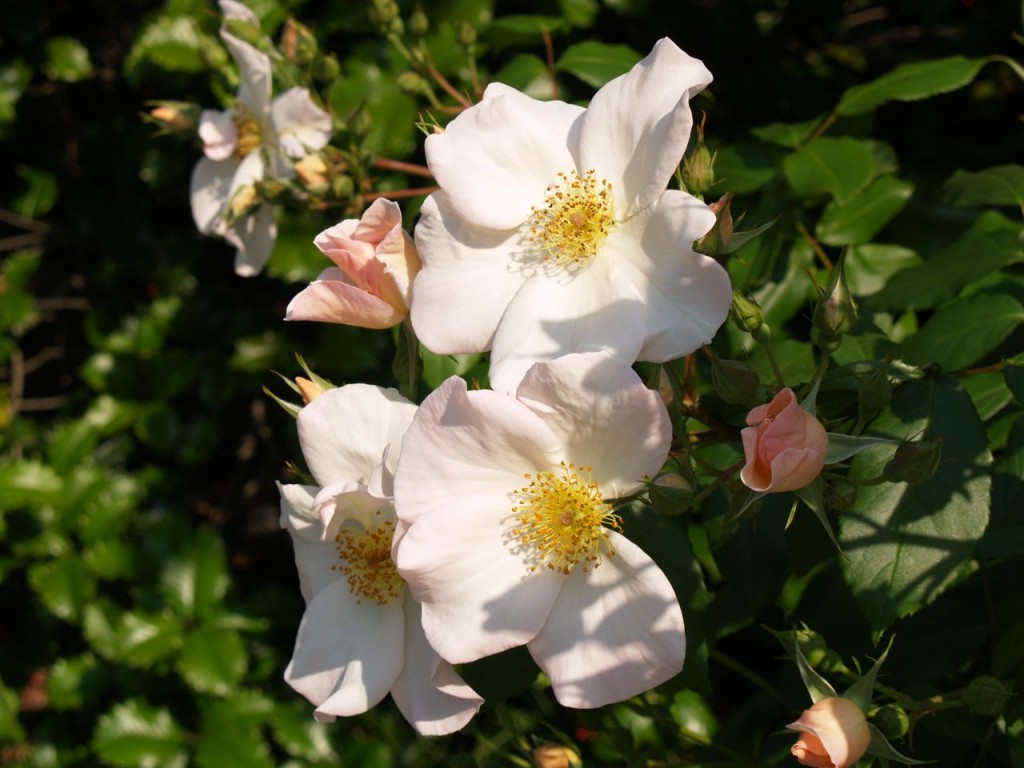
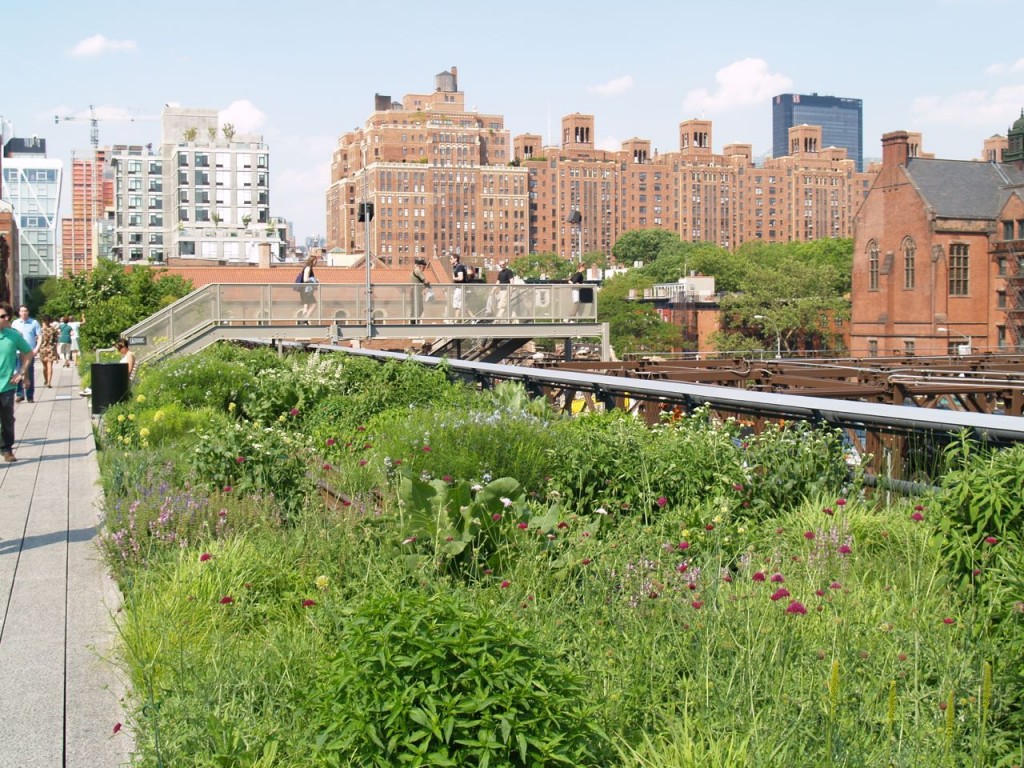
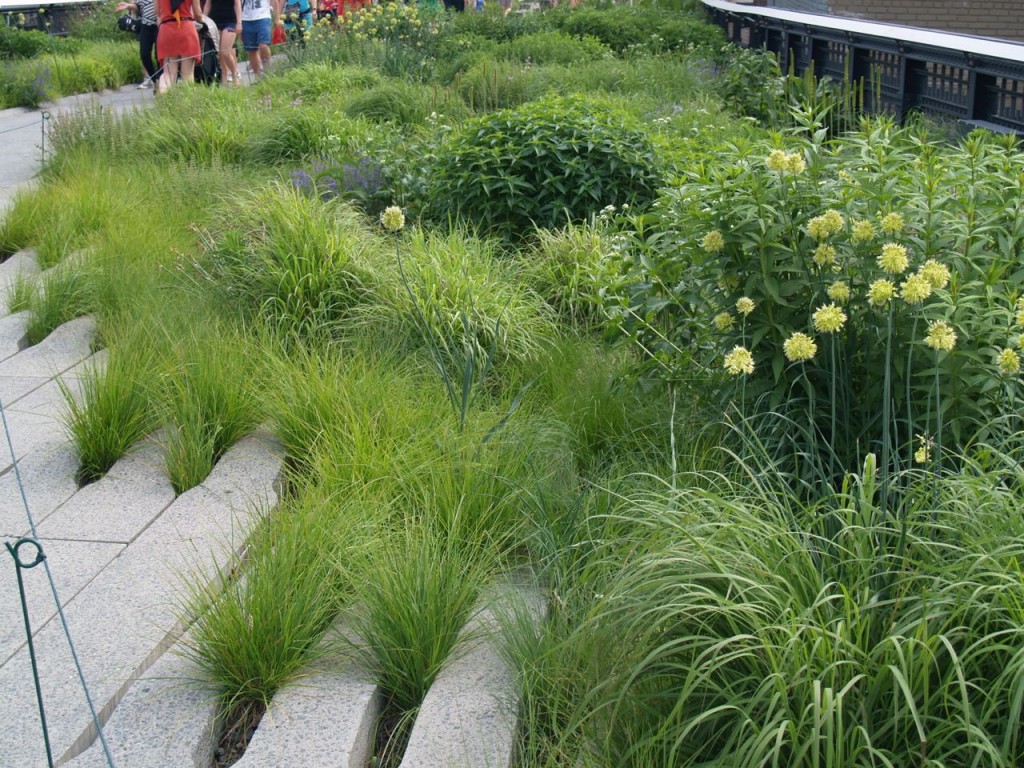
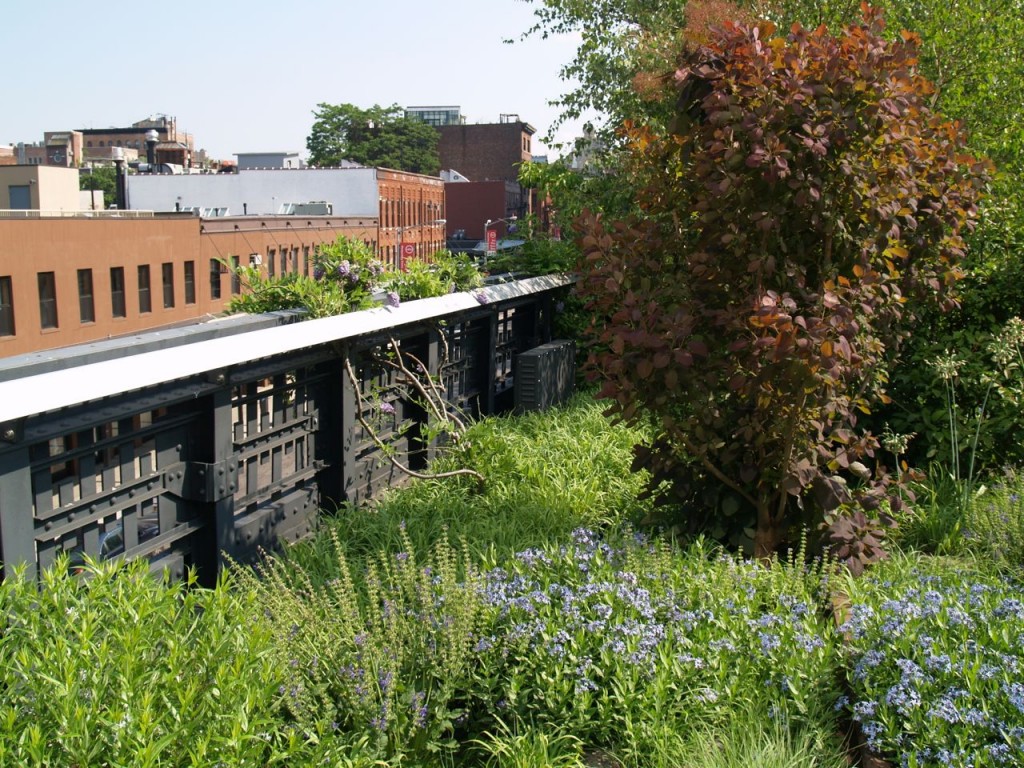
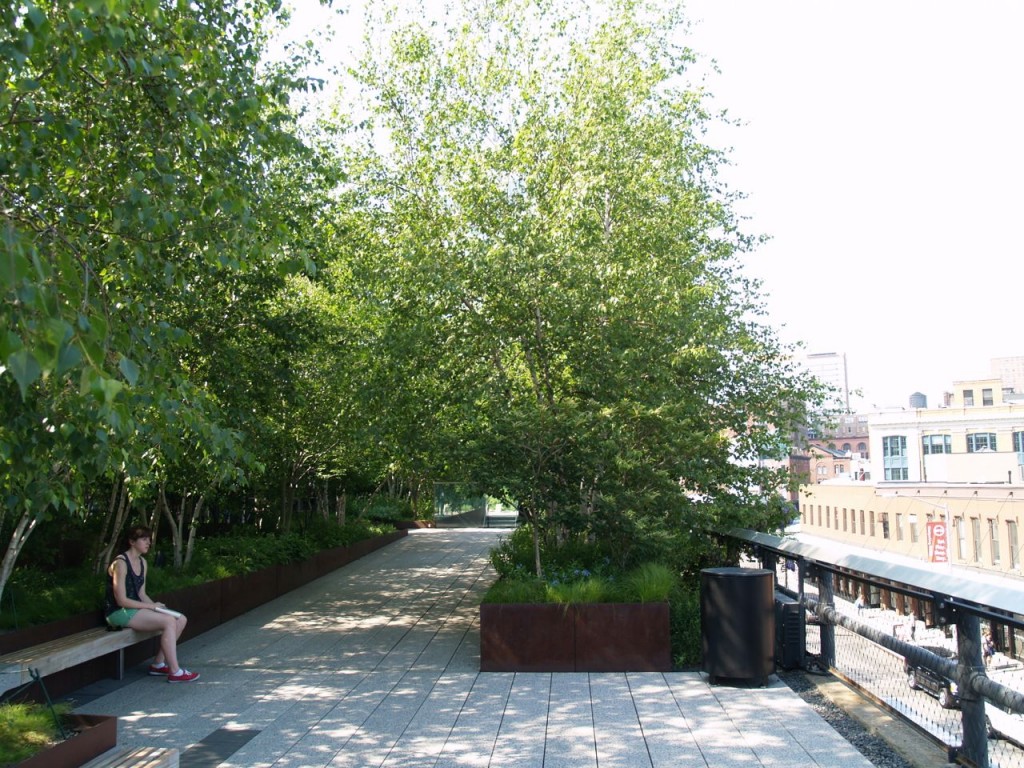
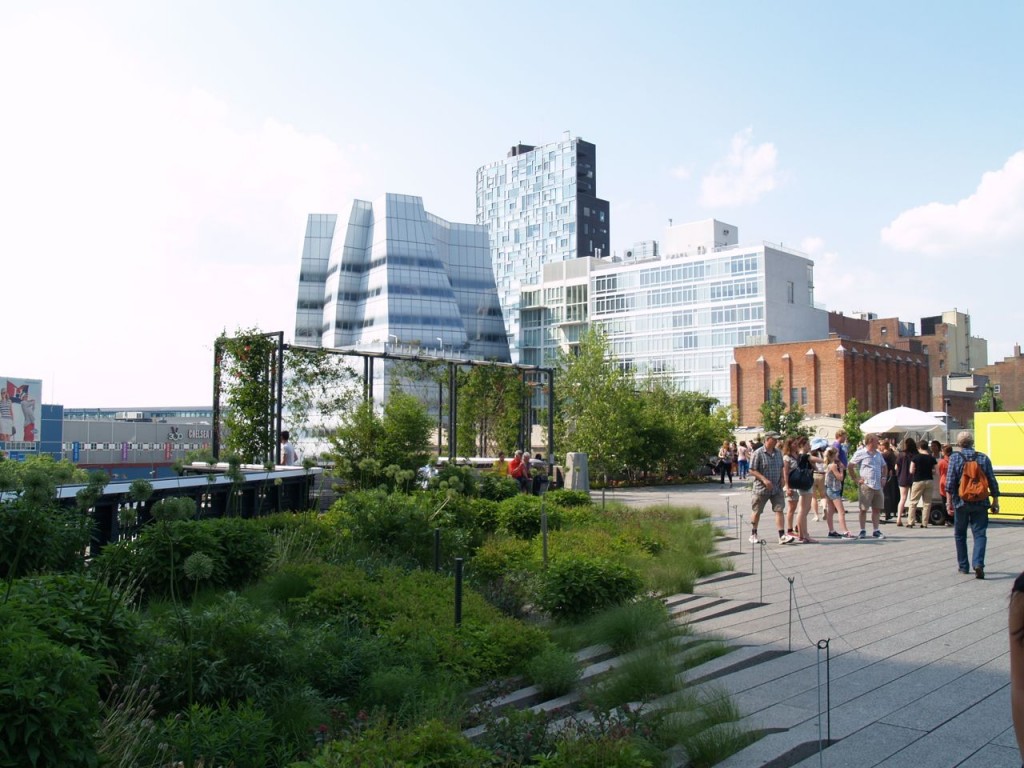
Tag Archives: Nature
Gray Catbird: A Very Smart Bird
Today I was outside on my back patio doing a little bit of yard work. I swept a bunch of dead leaves and other yard debris and put them into a compost bag. In some places, these leaves had piled up, and I found earthworms underneath the leaves helpfully starting to decompose the leaves. Then I moved the compost bag, so I could work in another area, and I found more earthworms underneath the bag. [I honestly have no idea from where these earthworms come. Every time I sweep away leaves that have been there for a while, there is dirt and earthworms. Problem is, it is concrete patio surrounded by a brick retaining wall. How are these earthworms getting down the retaining wall and then getting across several feet of concrete patio?] I swept more leaves and put them in the compost bag. While I was doing this, I noticed a gray catbird (Dumetella carolinensis) land on the retaining wall then fly down to the patio near where the compost bag had originally been. This is slightly unusual because while I see a gray catbird almost everyday, I normally see it on the hanging suet feeder, not on the ground. Then I started pulling some invasive vines from my yard, and I noticed the catbird now land again on the patio, but now it landed in the second area that I had just swept right next to the compost bag. The second spot was about six feet or so from where I was standing pulling vines. I picked up the vines I had pulled and walk back to the compost bag to put them in it. By then the catbird had flown off, but while I was putting the vines in the compost bag, I looked back, and now the catbird was where I had just been pulling vines. I walked back to that same spot and swept the wooden steps that allow a path over the retaining wall. The catbird returned to the area near the compost bag. I then picked up the leaves and walked back to bag, and the catbird returned to the area where I had swept. This continued for a half hour or so. I would sweep or pull vines, and the catbird would watch me from the retaining wall. I would then take vines or leaves to the bag, and the catbird would return to where I had been working. The catbird was within about ten feet of me the entire time. I was actually quite honored that it would be that close to me. After quite a while, it finally dawned on me that the catbird was going to areas I disturbed to look for insects. I am not sure if it eats earthworms, but I was definitely unintentionally disturbing earthworms. I am fairly certain I was disturbing and revealing bugs. Thus, this very smart bird was letting me do the work of disturbing the ground to reveal insects, and the catbird would just come in my wake to look for the food. My new friend, the catbird, is a very smart bird.
Orchids, Orchids, and More Orchids
Last weekend I went to see National Museum of Natural History’s 2013 Orchids of Latin America exhibit. The exhibit is now over, but it had an amazing variety of orchids. I love orchids. I think they are insanely beautiful, and I am amazed by the variety of them. Granted, some of that variety is due to humans breeding them. Below are photos of some of the orchids that were there.
Cherry Blossom Time
I’ve lived in the DC area for two years now, and this is the first time I’ve visited the Tidal Basin to see the cherry blossoms. They were not quite in full bloom when I visited, but they were still quite pretty, and the DC monuments provide a nice backdrop for many of the photos. Here are a few of the photos I took.
The Jefferson Memorial provides a lovely backdrop for cherry blossom photos.
Other beautiful flowers are blooming near the Tidal Basin also, including one of my favorite flowers, saucer magnolias.
Also forsythia is in full bloom.
Louisiana Welcome Station
My recent trip to Louisiana included stopping at the Louisiana welcome station on I-10 at the border with Texas. Like most parts of southern Louisiana, it sits near a swamp and wetlands. It has a nice little trail through part of this swamp, which if you have ever driven on I-10 is a welcome diversion. Below are some photos of my visit there. 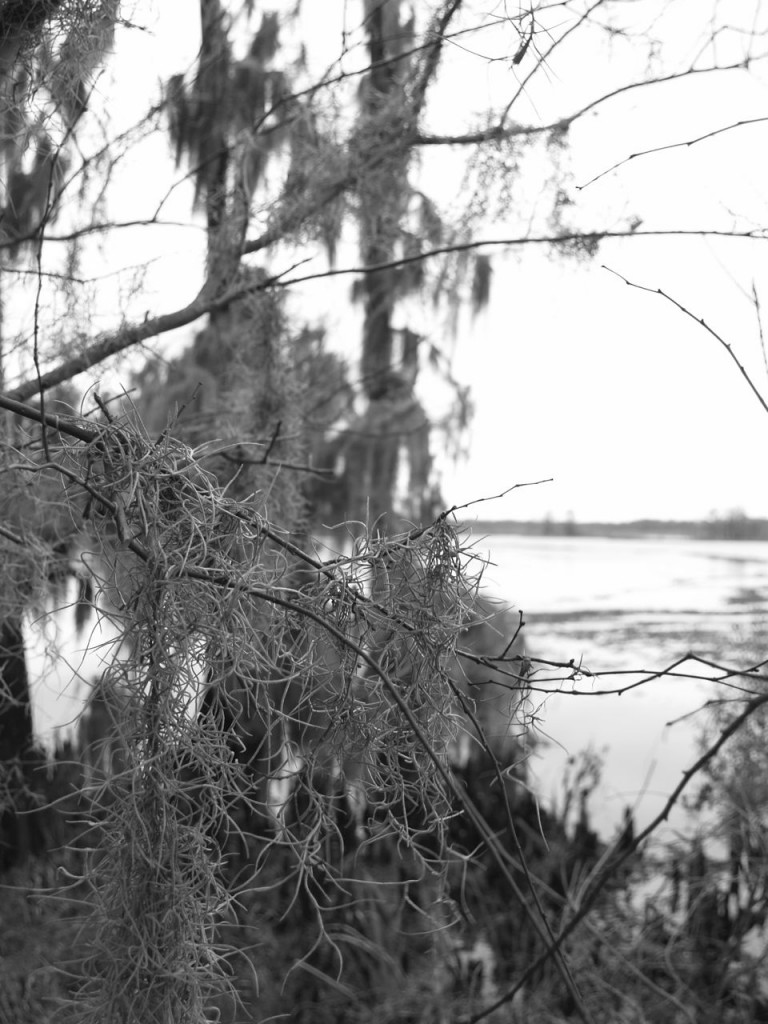
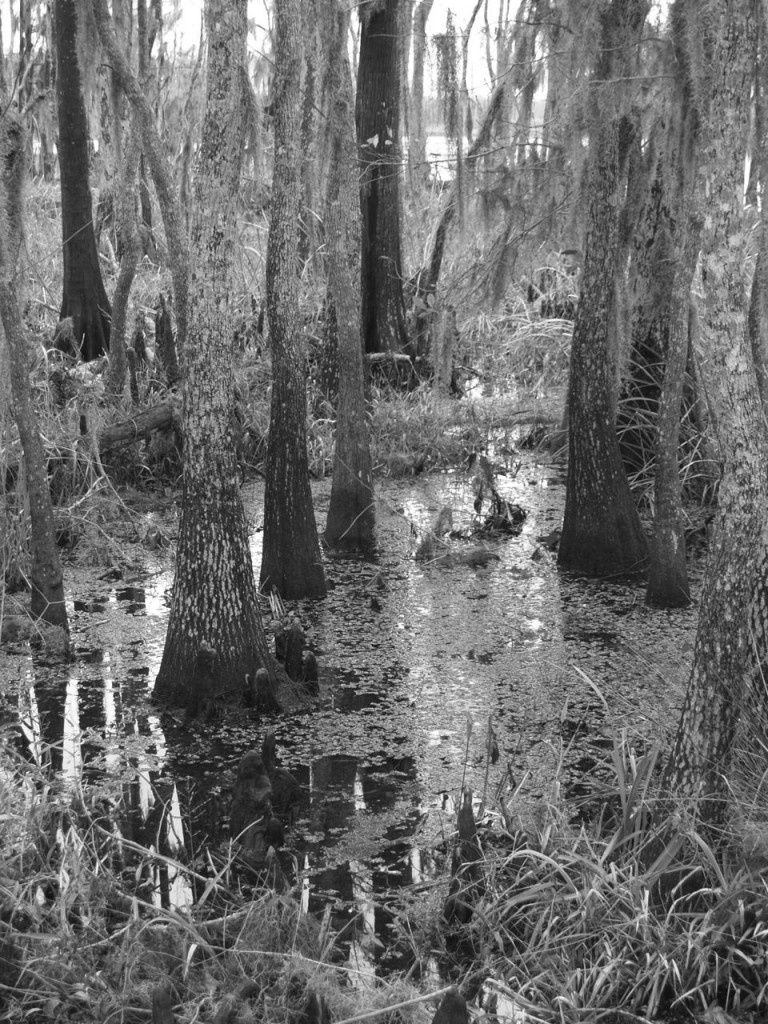
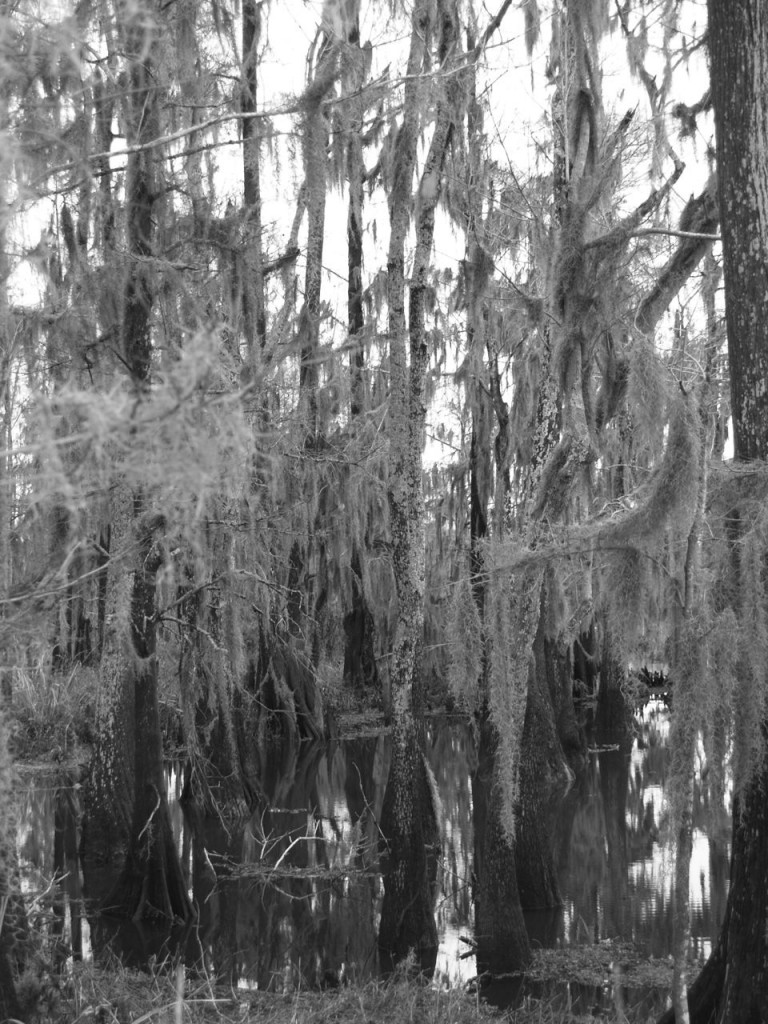

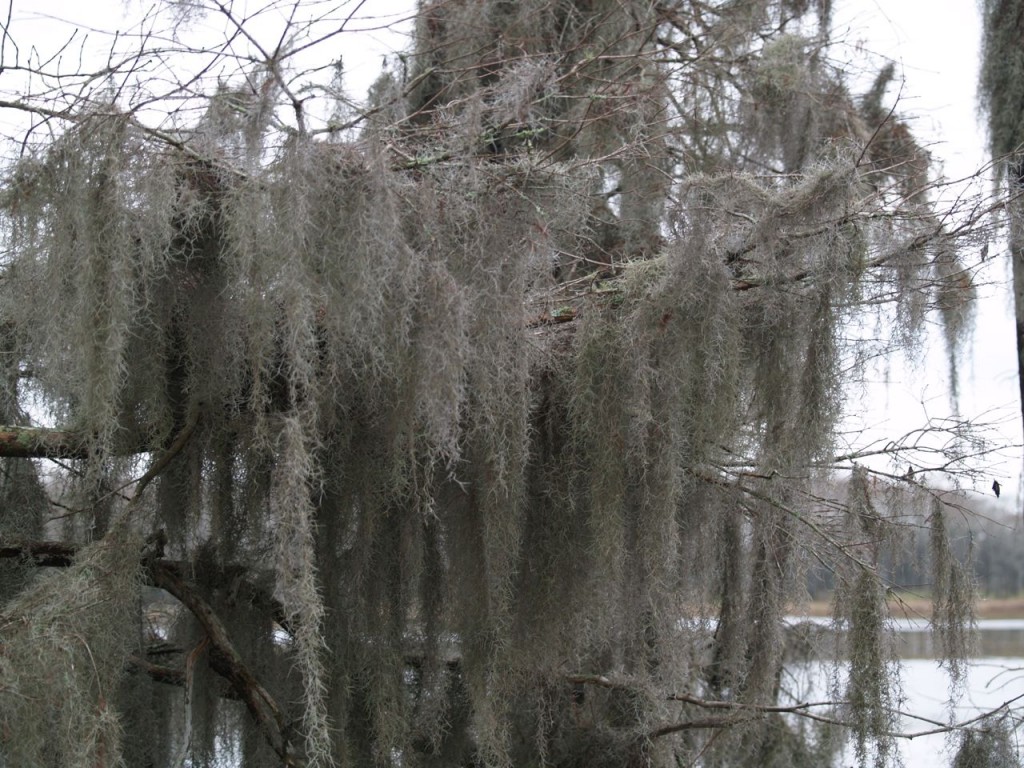
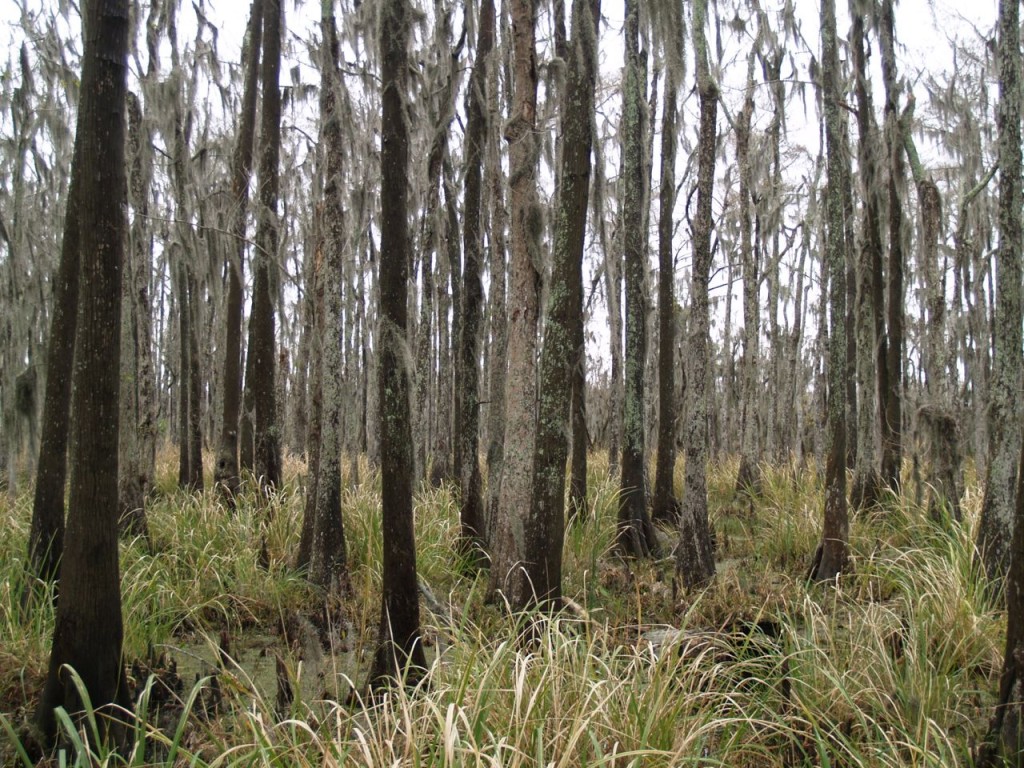
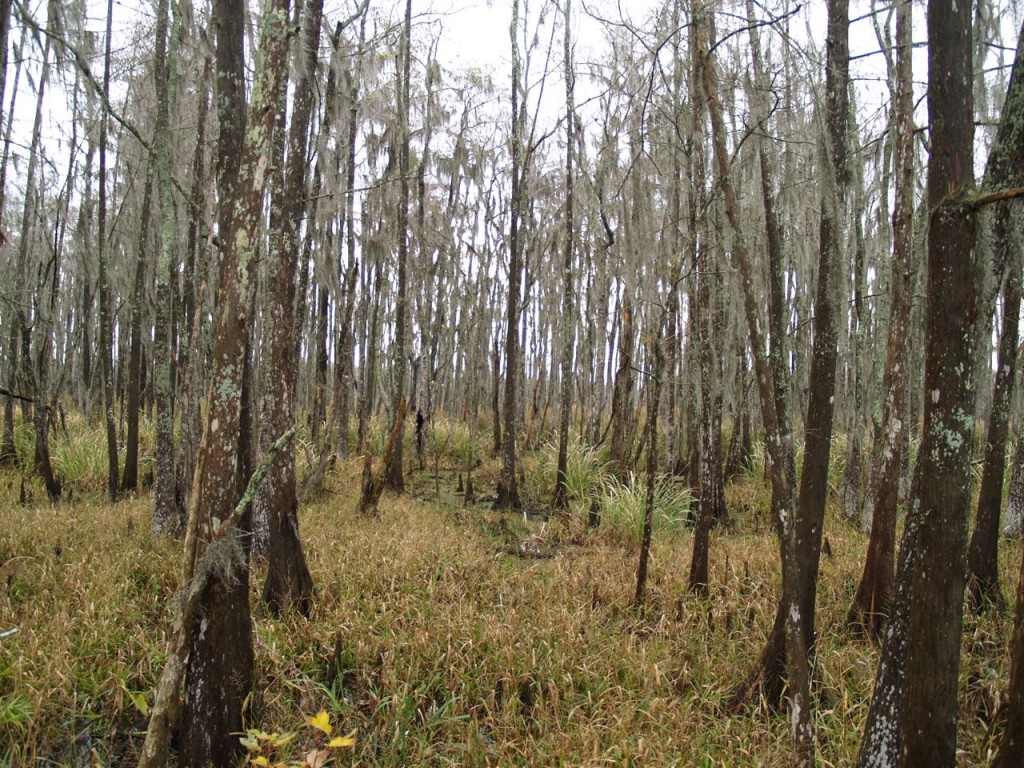
Barataria Preserve
Barataria Preserve in southeastern Louisiana is part of Jean Lafitte National Historic Park and Preserve. It is a beautiful area that includes bayous, swamps, marshes, and forests. Below are some of my photos from a recent trip there.
A heart tugging, scientific exhibit
At the Smithsonian’s National Museum of Natural History is, in my opinion, one of the most moving scientific exhibits I have ever seen. Yes, I am a softie, especially when it comes to animals, but this exhibit almost brought me to tears. It is an exhibit of two skeletons, a man and an extremely large dog, but not just any man and dog. The human skeleton is Dr. Grover Krantz, a professor of physical anthropology at Washington State University, and the dog is his Irish wolfhound Clyde. While the skeletons have scientific value, the fact that Dr. Krantz wanted his remains used for his scientific field after death is a wonderful testament to his love of his chosen scientific field. The fact that Dr. Krantz wanted to be immortalized with his beloved dog is what almost brought me to tears. Rest in peace, Dr. Krantz and Clyde. I’m sure you are both happily together in heaven.
The sign accompanying the exhibit is below, and I have quoted the text below it.
Dr. Grover Krantz, a professor of physical anthropology at Washington State University, generously left his remains and those of his beloved 160-lb (72.6-kg) Irish wolfhound Clyde to the Smithsonian’s National Museum of Natural History.
At his death in 2002, according to his wishes, Dr. Krantz’s remains were taken to the University of Tennessee’s Anthropology Research Facility, where scientists are conducting many kinds of skeletal research, including studies of soft-tissue decay rates — information that is essential in forensic cases for accurately estimating time since death. In 2003, Grover and Clyde were brought to the museum, so that their skeletons could be used in teaching. Posed here as in life, their skeletons help our scientists teach human and nonhuman skeletal anatomy in relation to biomechanical function.
This exhibit honors Dr.Krantz’s expressed wish to be on display, and his dedication to education and his chosen scientific field.
Flight from Las Vegas
The flight path between Las Vegas and southeastern airports such as Dallas passes over some really pretty terrain and landmarks. Flying into Las Vegas I was lucky enough to get some really good photos of the Grand Canyon. For several reasons, on the flight leaving Las Vegas, I did not as good photos of the Grand Canyon, but I did get a few interesting photos. Immediately after taking off, I got some neat photos of the Las Vegas Strip.
Then the Hoover Dam.
This is part of Lake Mead. I am fairly sure it is part of what is called the Grand Wash Bay.
Then a few photos of the Grand Canyon.
Finally this canyon that is east of the Grand Canyon, and I am not sure if it is technically part of the Grand Canyon.
Las Vegas Wash Wildlife
Previously I posted photos of the scenery along the Las Vegas Wash. The Las Vegas Wash attracts a lot of wildlife, particularly birds, because it is an important source of water. Below are photos of some of the wildlife I saw on it.
First the small wildlife. A pretty lady bug.
I have no idea what this is.
A spider.
There was a lot of birds. Bunches of American coots.
I think these are male Gambel’s quail.
I think this is a Gambel’s quail and a Crissal thrasher (its curved bill is more evident in another photo).
Black phoebe
Male northern flicker
The following three photos are of the same bird. I think it is a juvenile northern harrier, but I would really like someone to confirm that or tell me what it is.
Of course what body of water would be complete without fish. This fish had lovely orange lips.
Las Vegas Wash
I don’t know about anyone else, but when I think of Las Vegas, I think of the Strip, casinos, shows, and desert. The only wildlife I think of is that of the human variety, generally in an inebriated form. Thus, on my recent trip to Las Vegas, I was surprised to learn about the Las Vegas Wash. It is the lowest part of the valley in which the Las Vegas metropolitan area sits. All storm water and urban runoff in the area drains to it, and it eventually drains to Lake Mead. The Wash has been increasingly eroded due to the increased flow into it from the increased Las Vegas metropolitan area urban runoff. In the past decade or so, the LVWCC has constructed numerous structures to reduce erosion in the Wash and increase the wetlands in it. Structures such as this.
And this weir.
They have also been removing non-native plants and planting native plants. None of which I can identify in the photos below.
Plants that can amazingly grow in the desert that is Las Vegas.
All of this has created a very pretty area, which is really nice to hike along, assuming the weather is nice. It has some lovely views of the nearby mountains.
And beautiful sunsets.
In some places, it allows some nice views of the Las Vegas Strip.
Next time you are in Las Vegas, if you like the outdoors and want to get away from the Strip, I highly recommend checking the Las Vegas Wash out. In a later post, I will be posting photos of the wildlife I saw on it.

